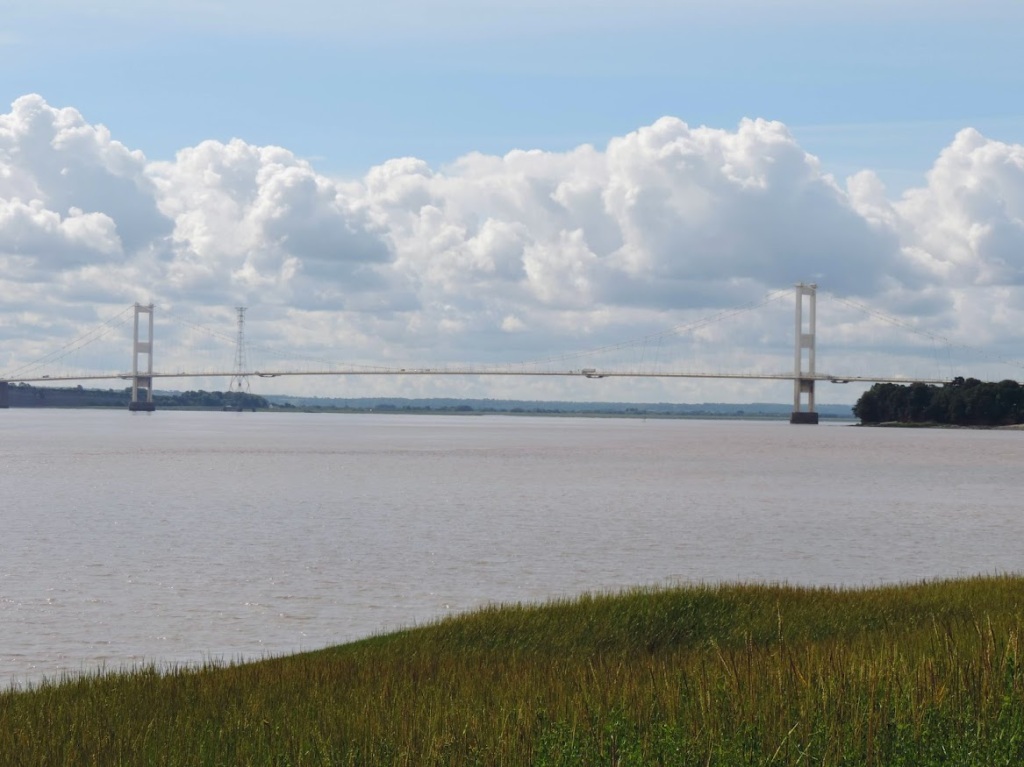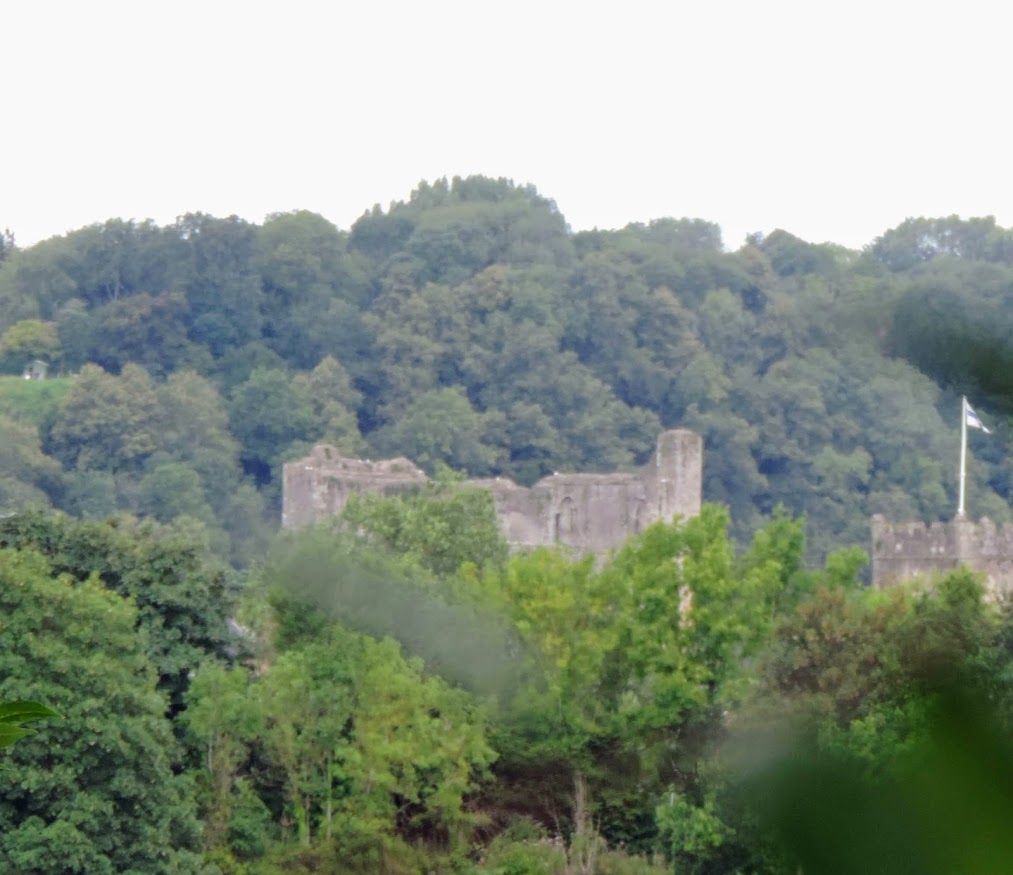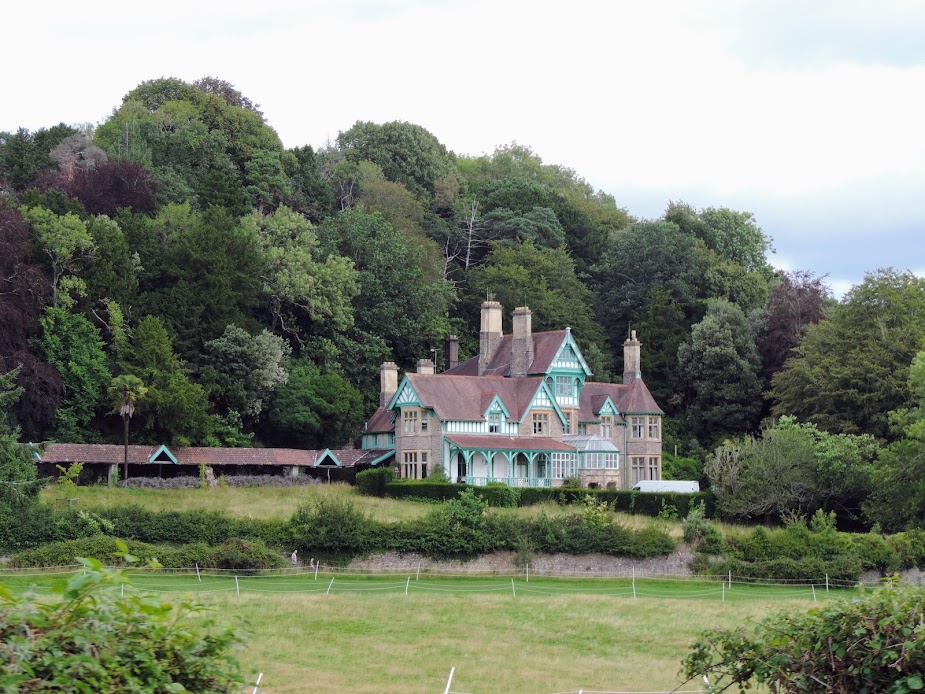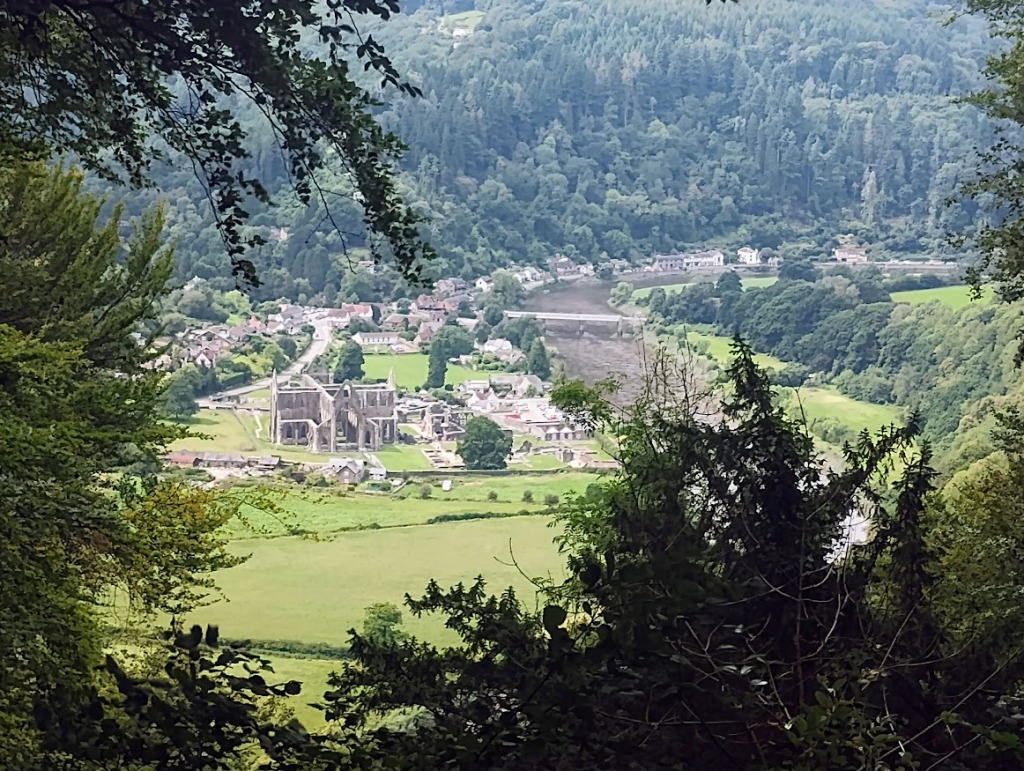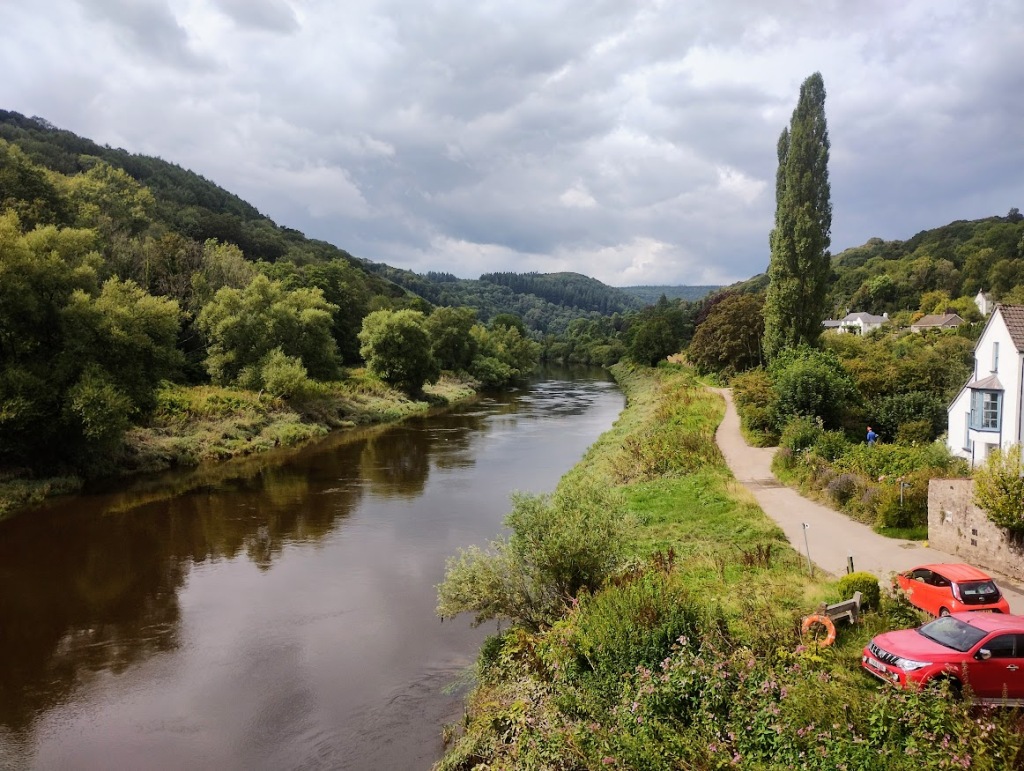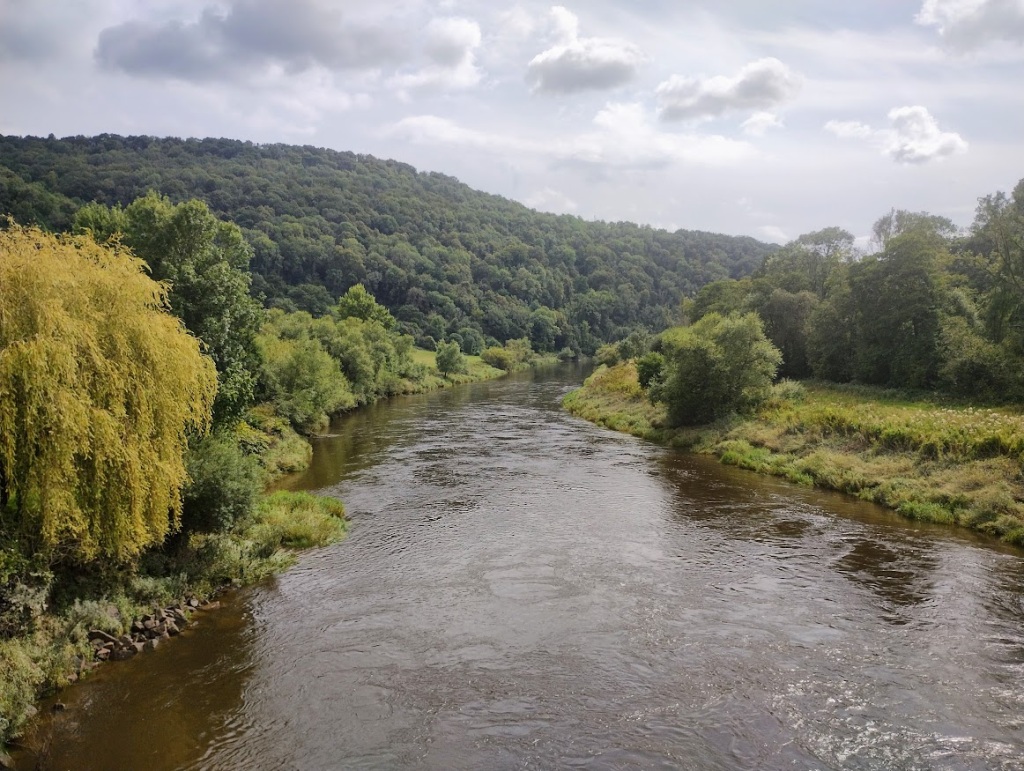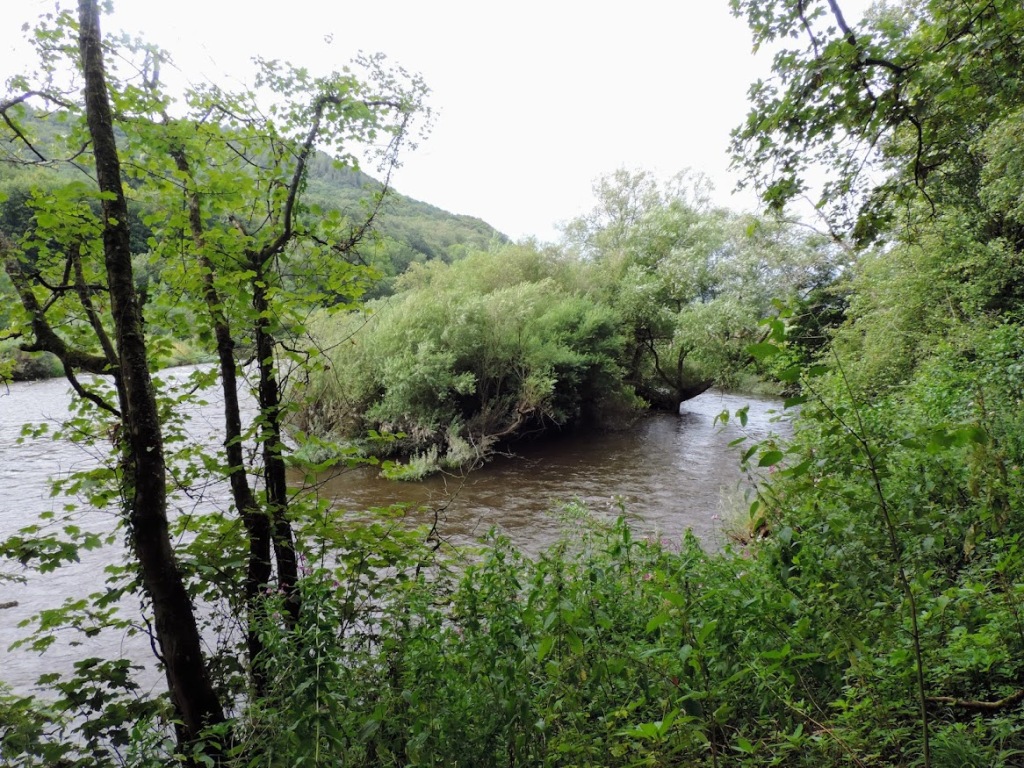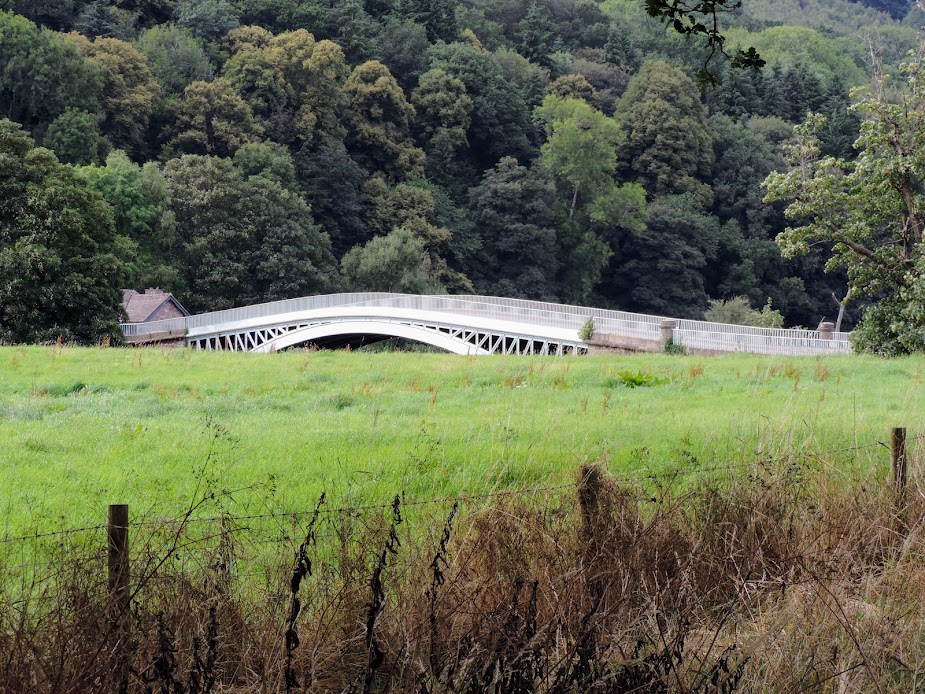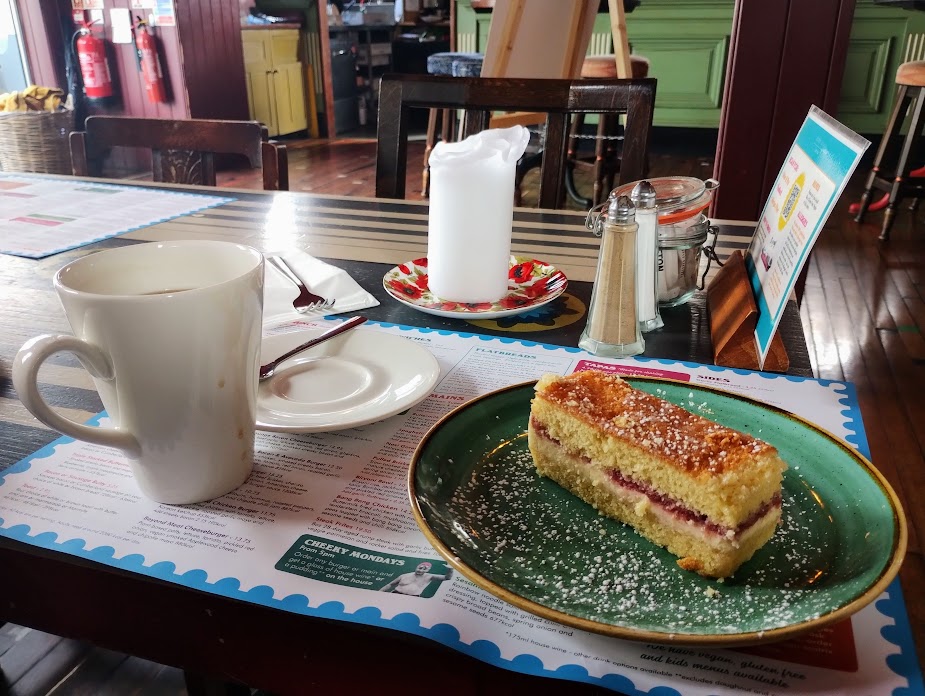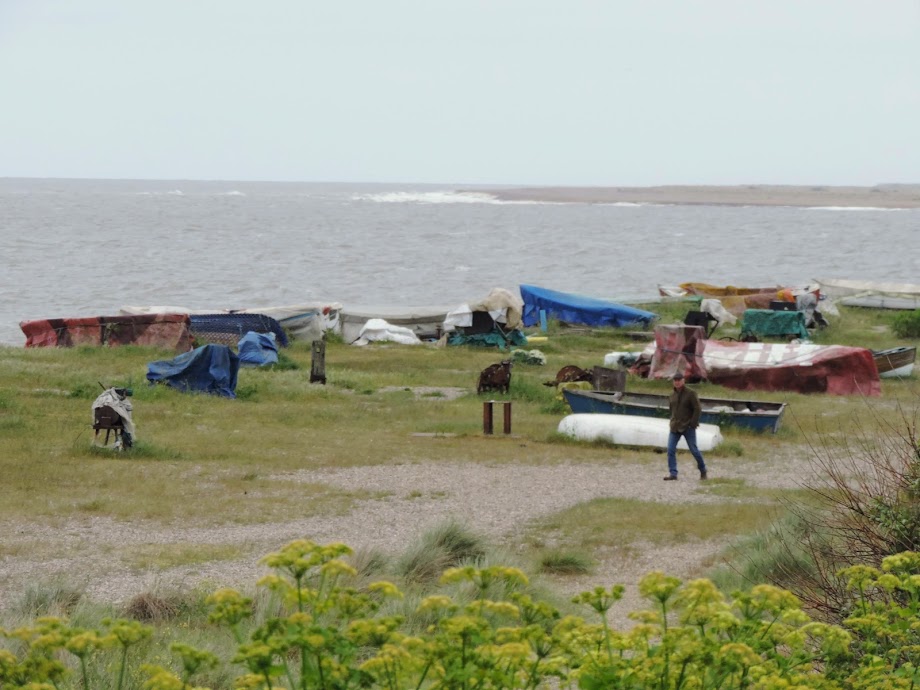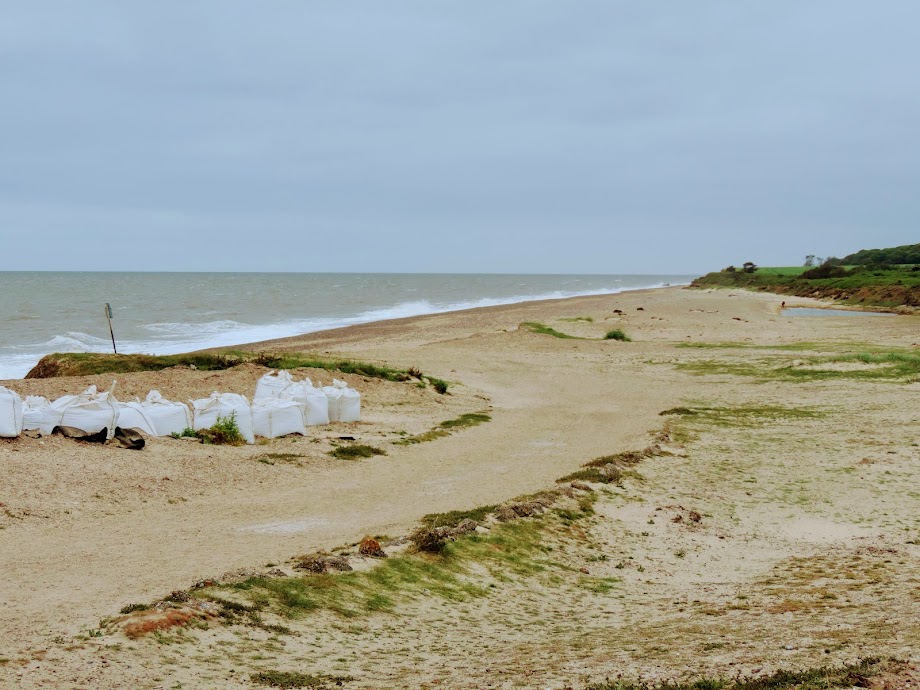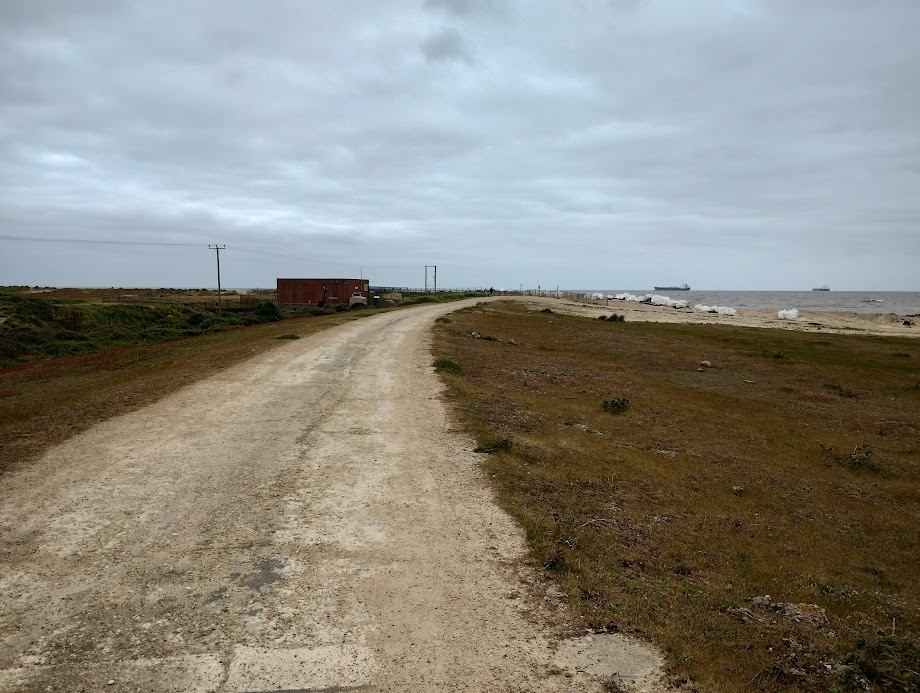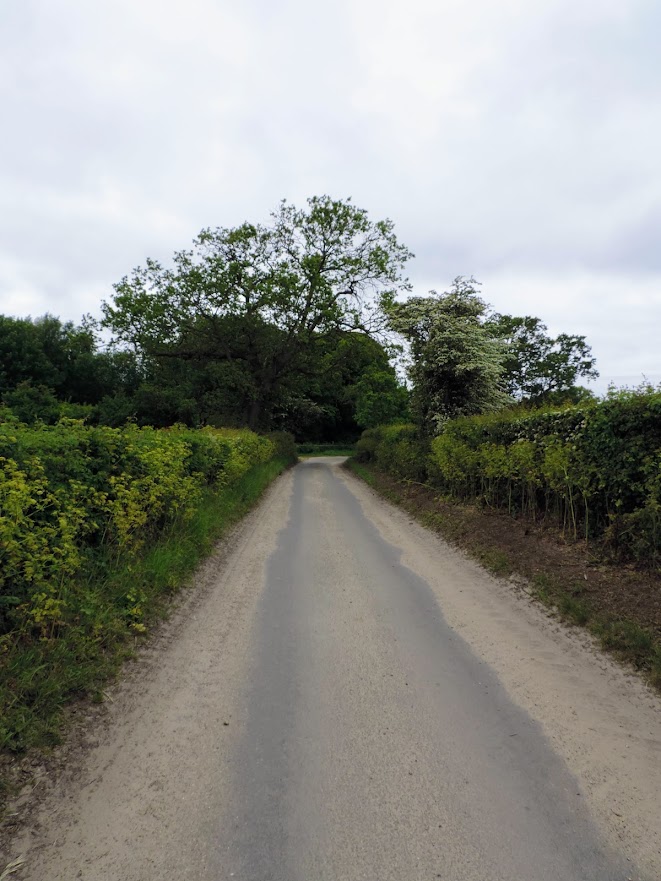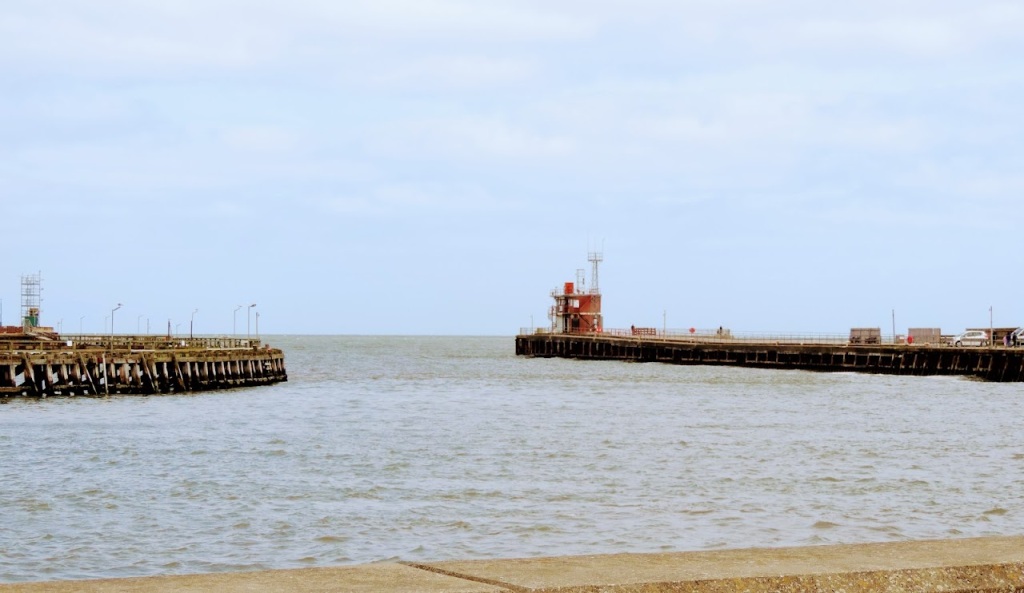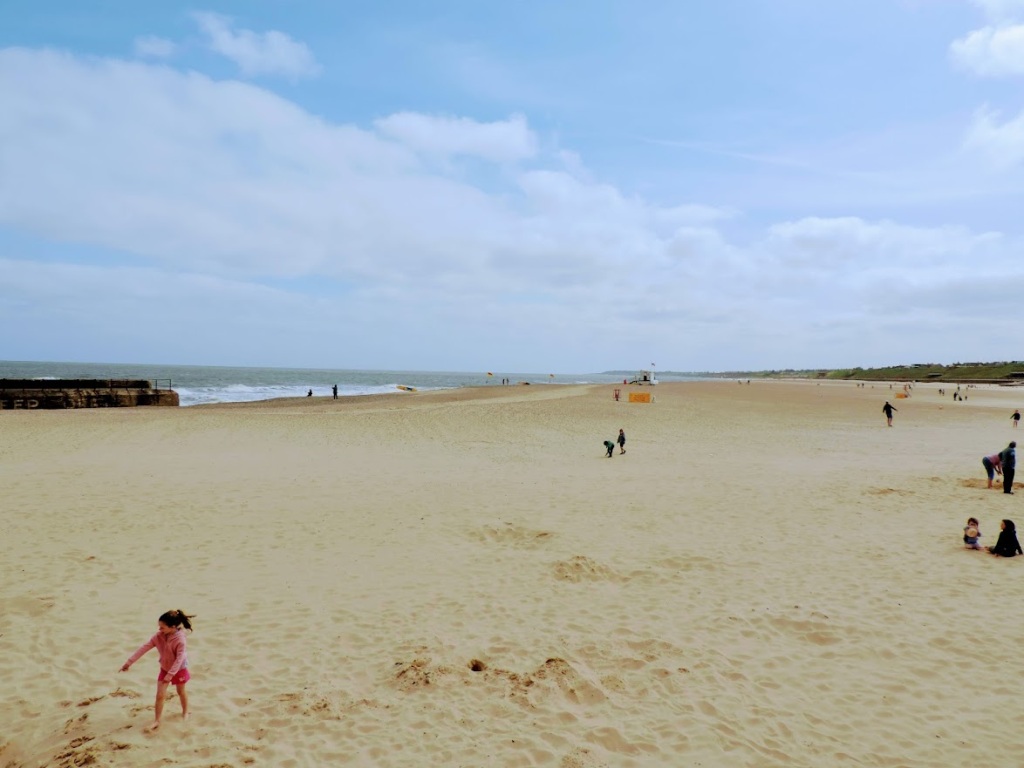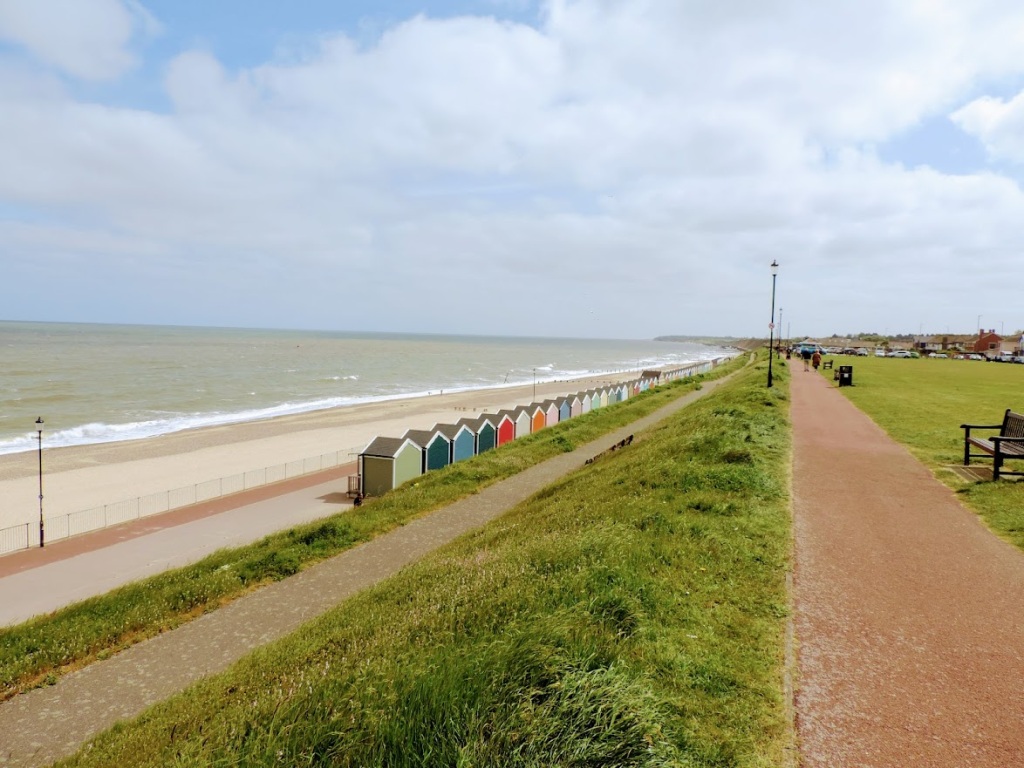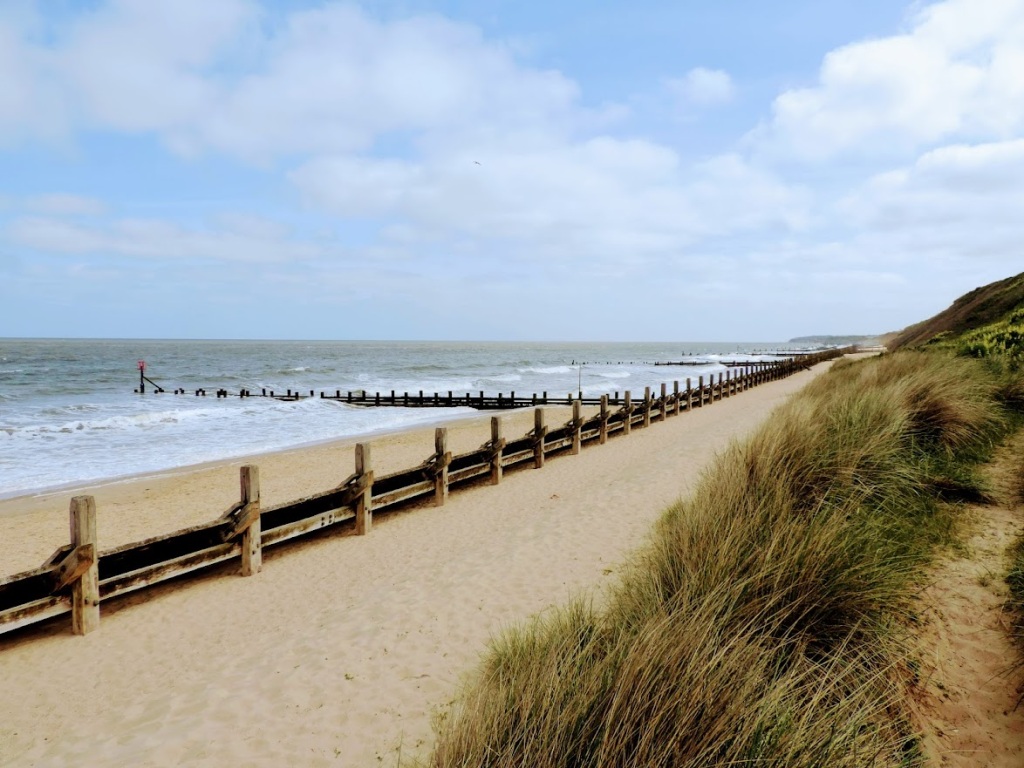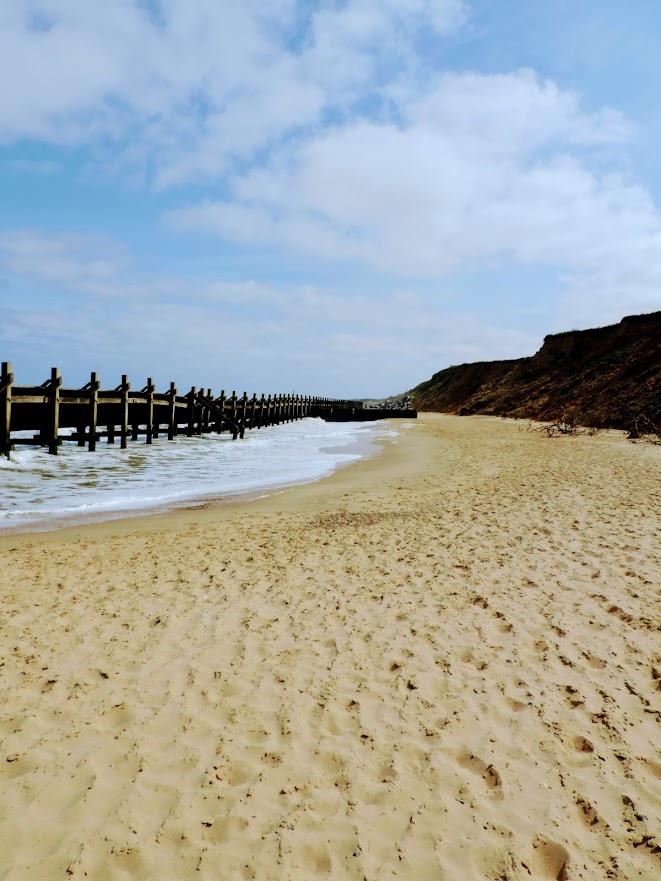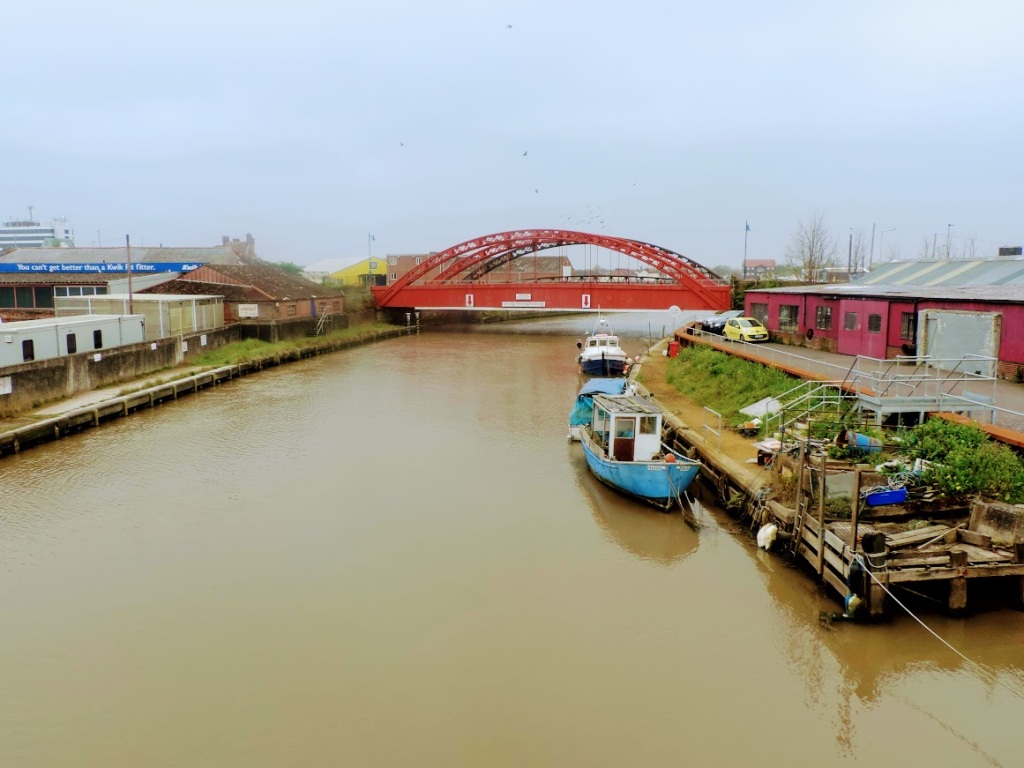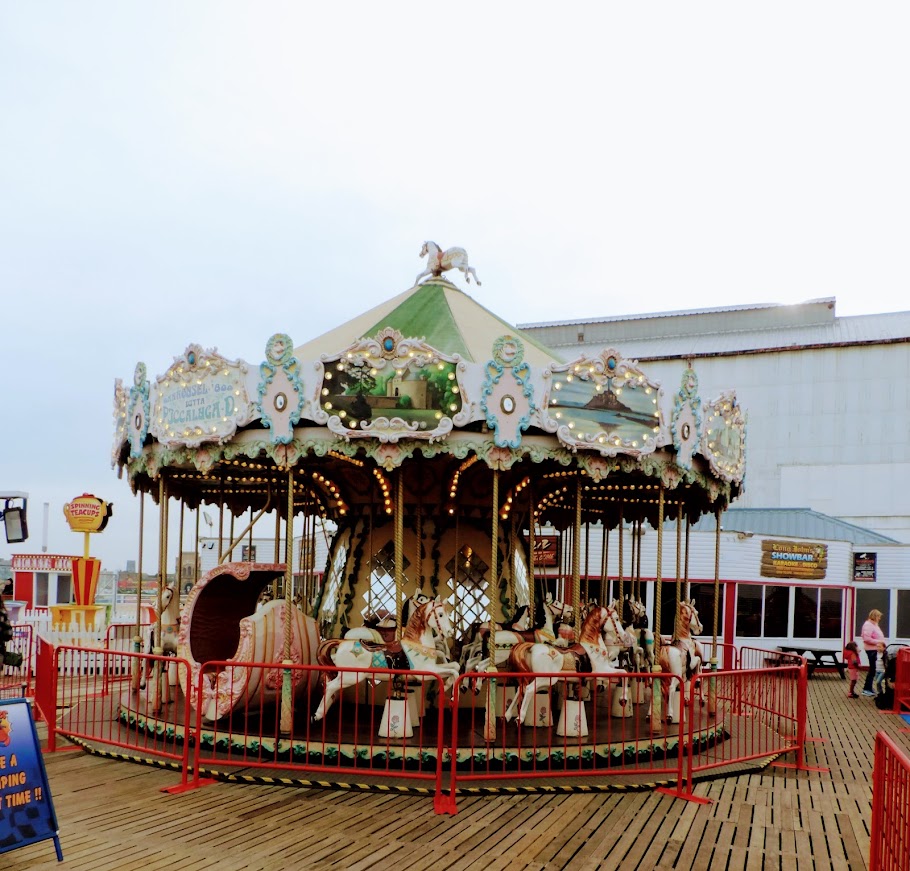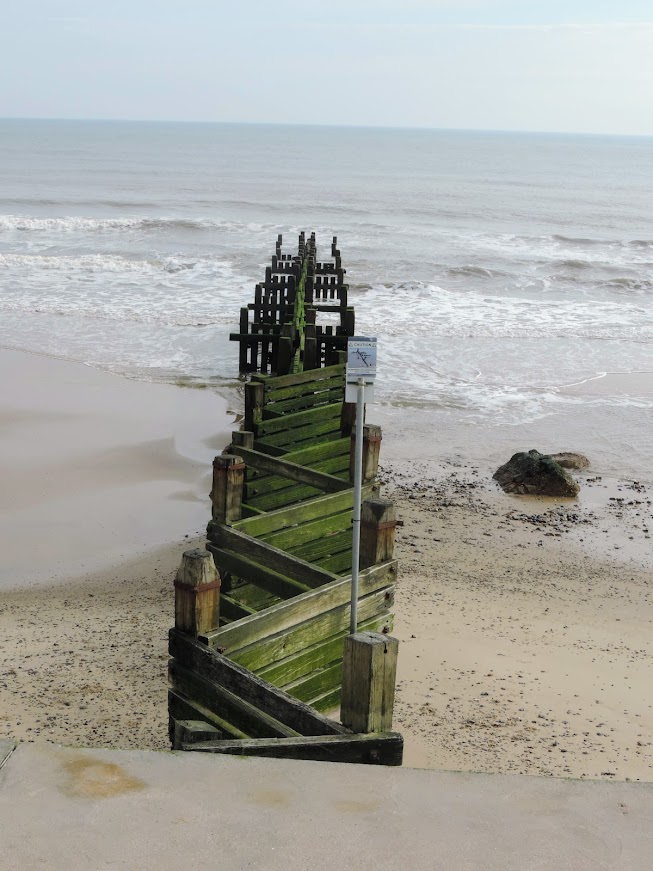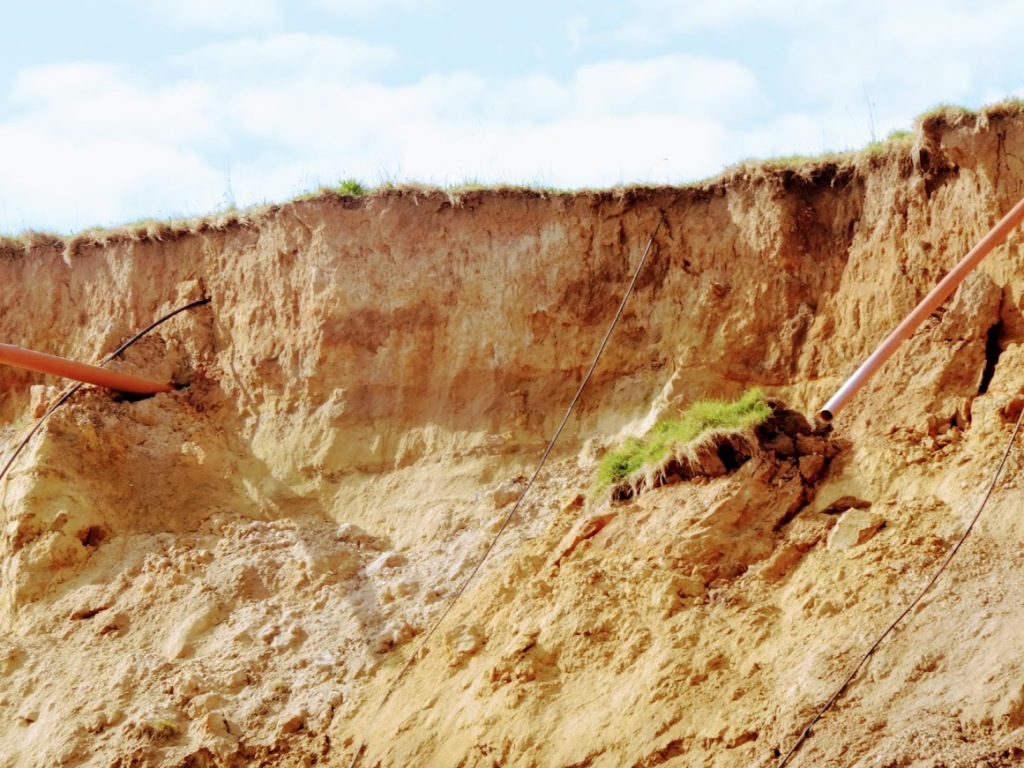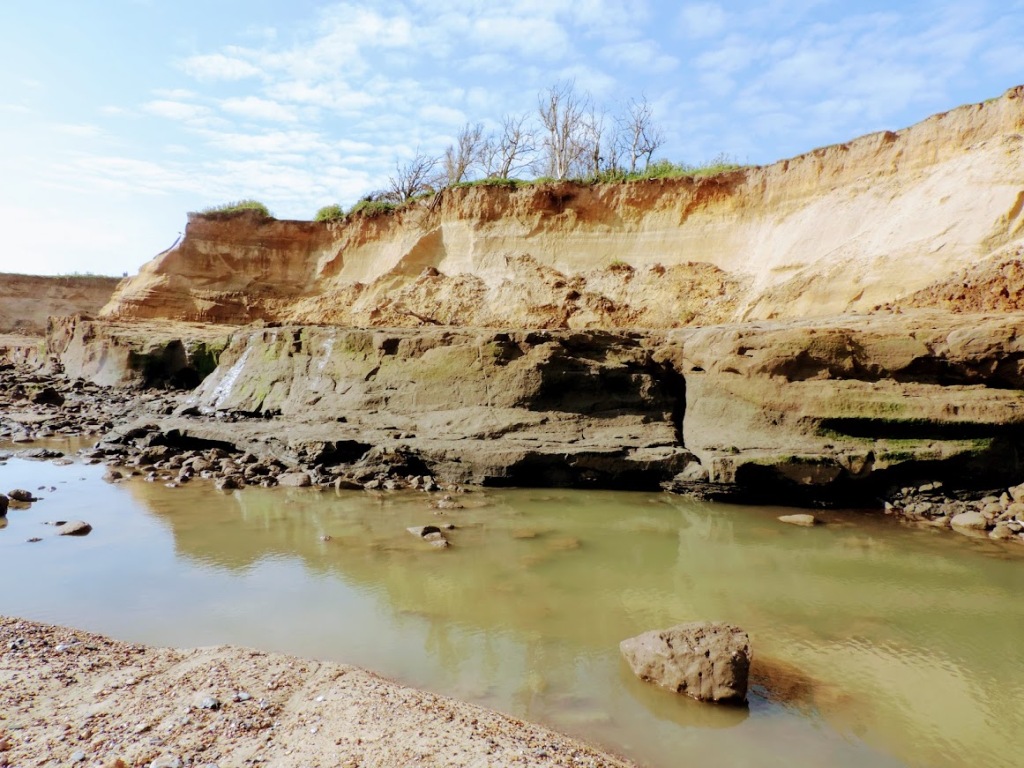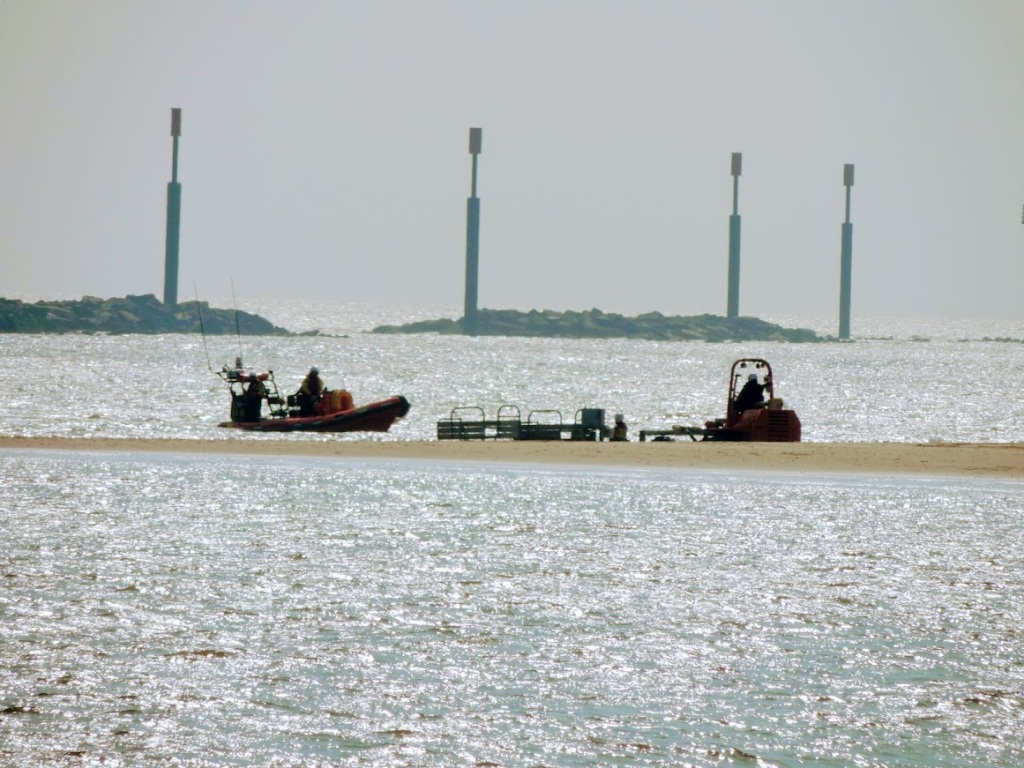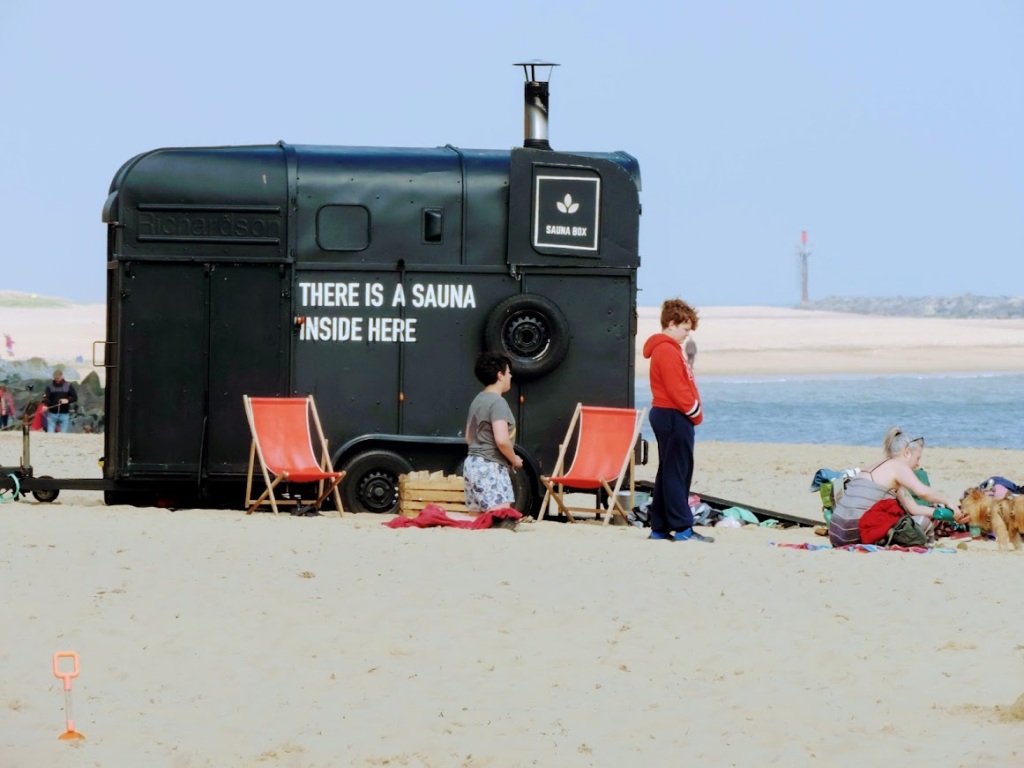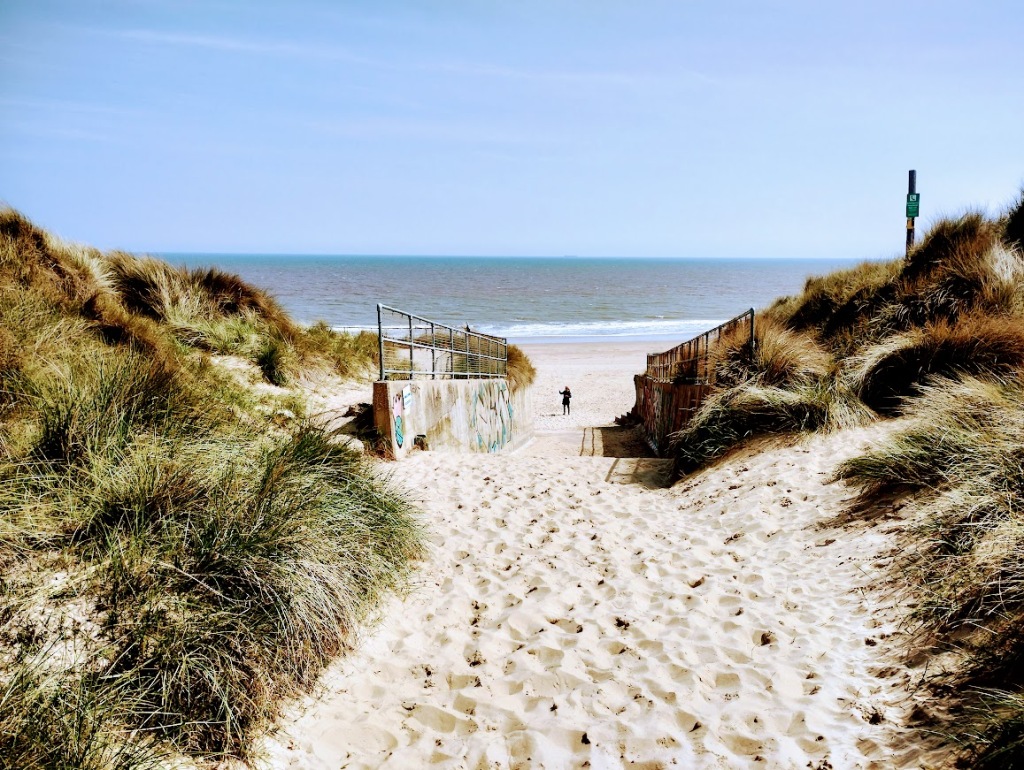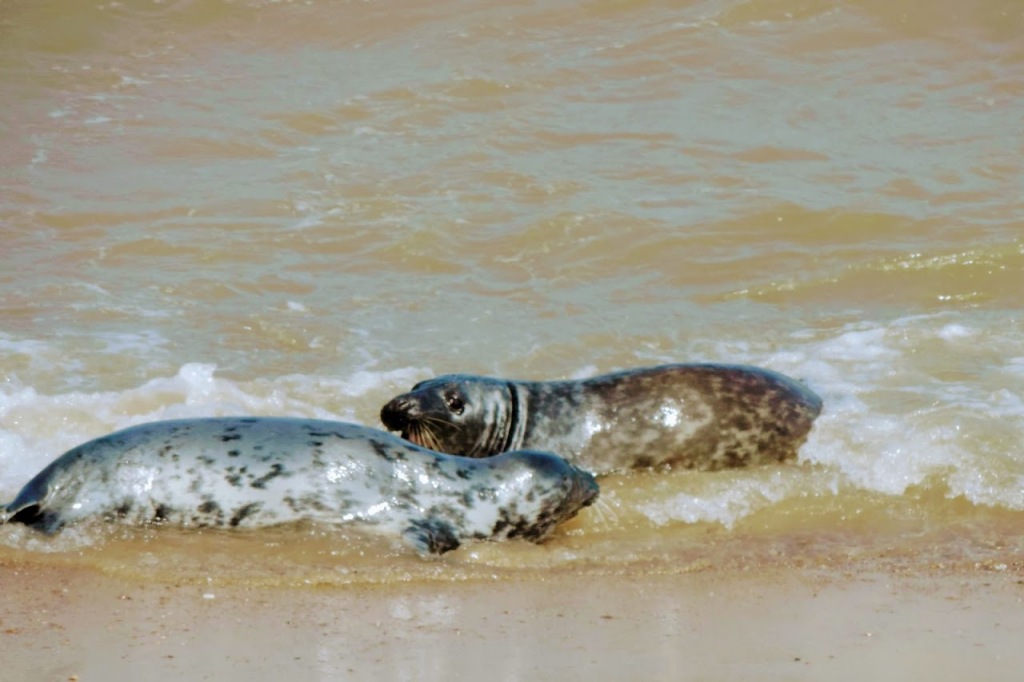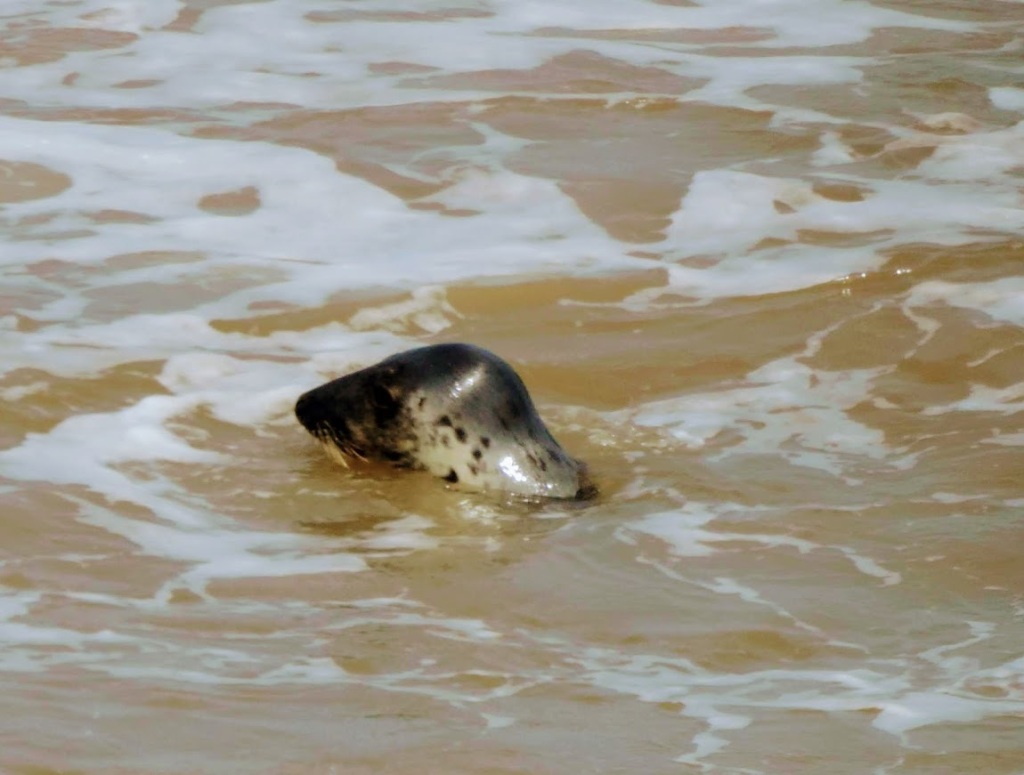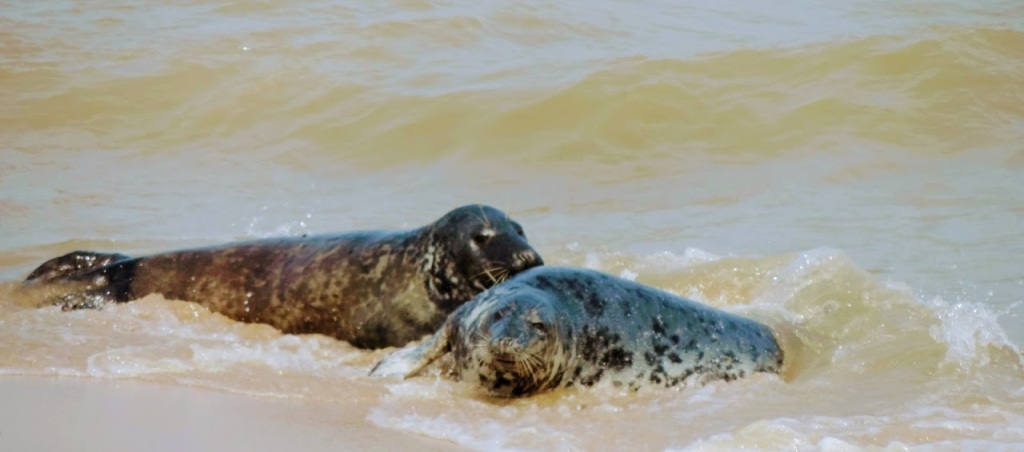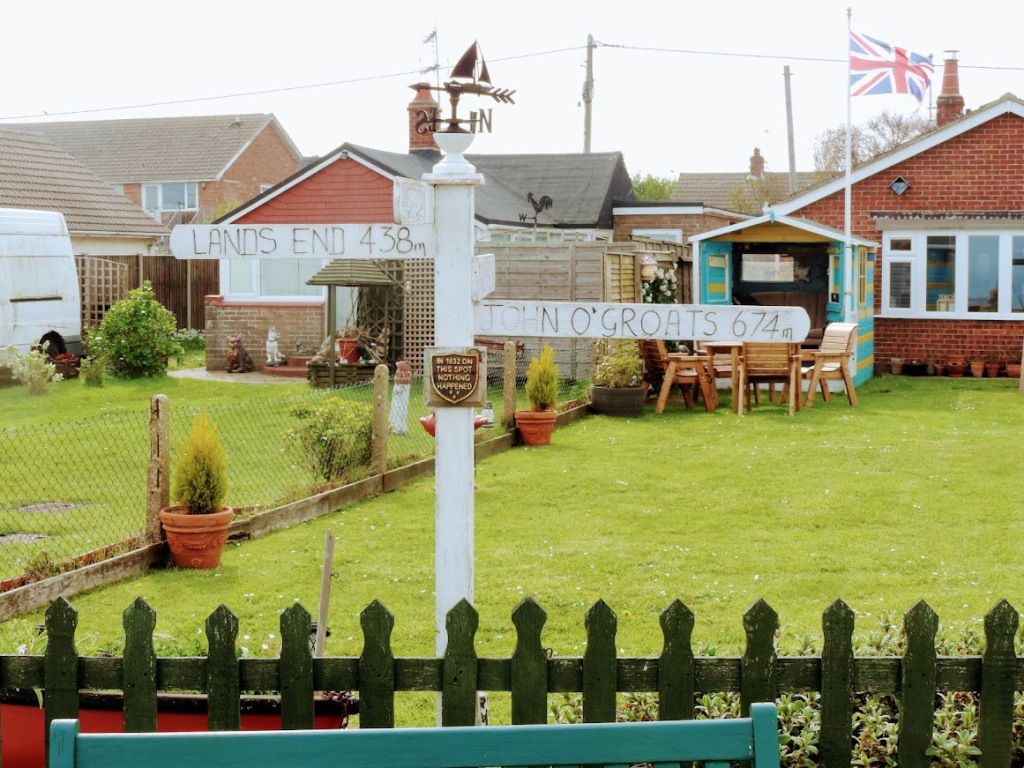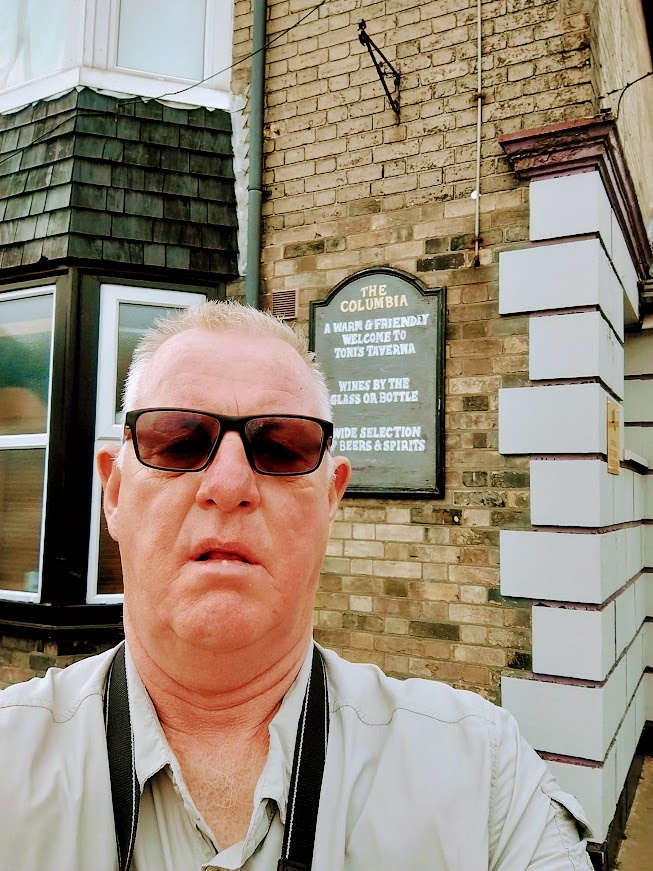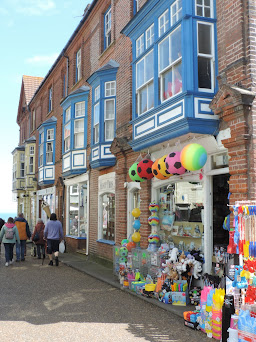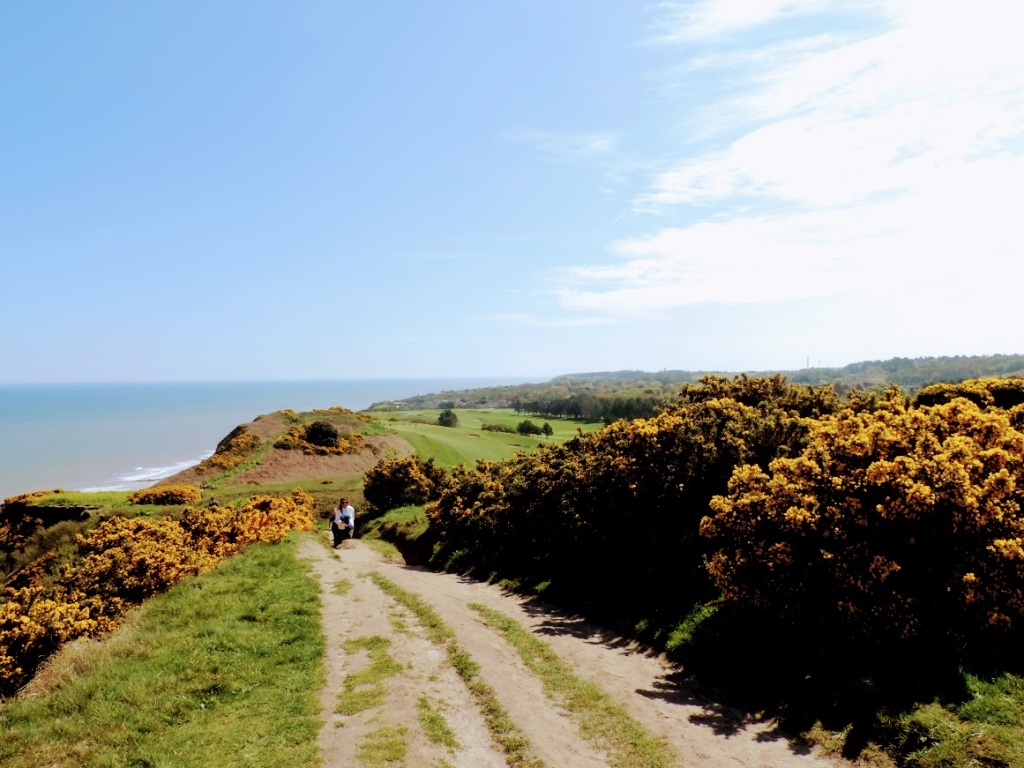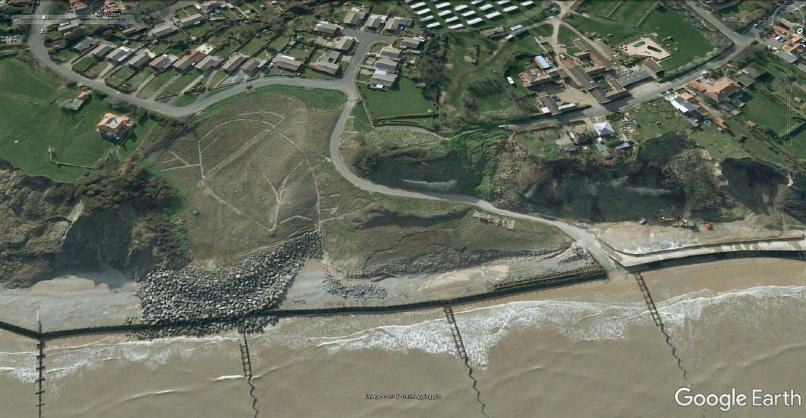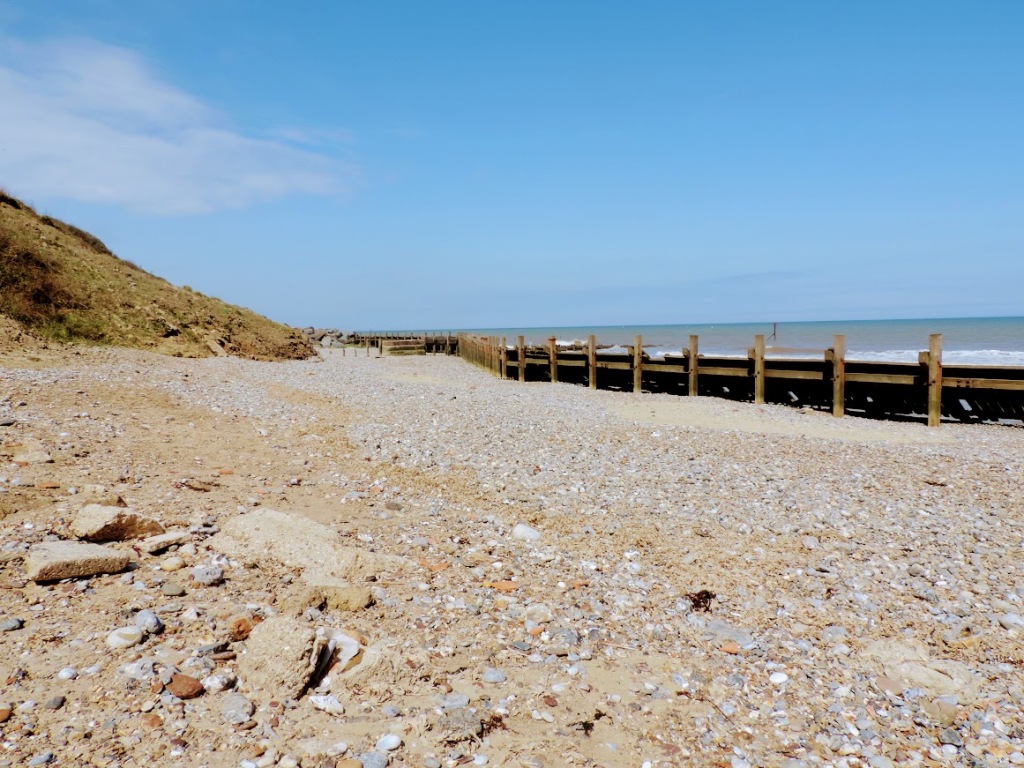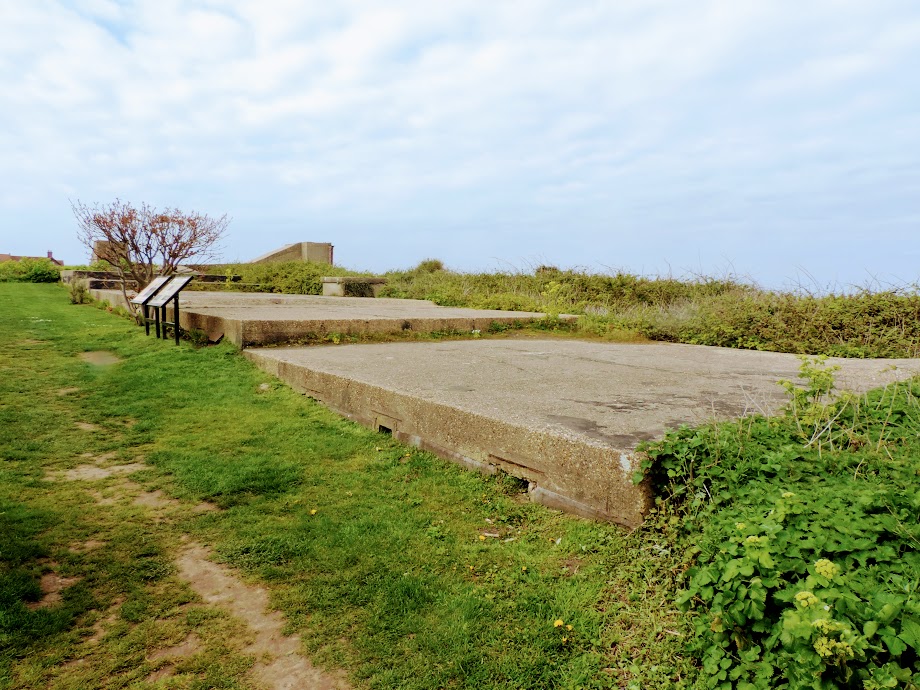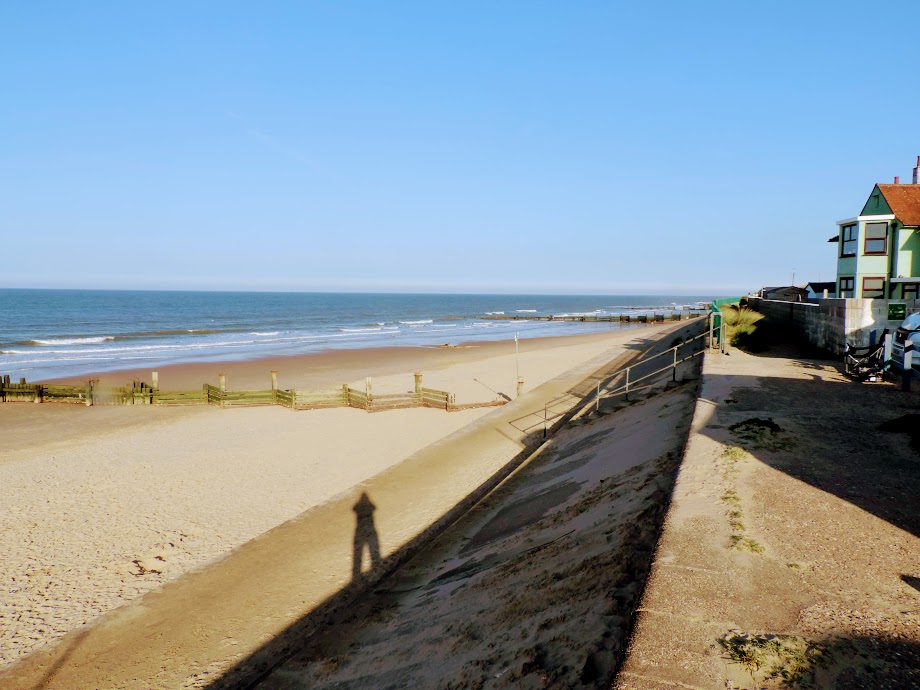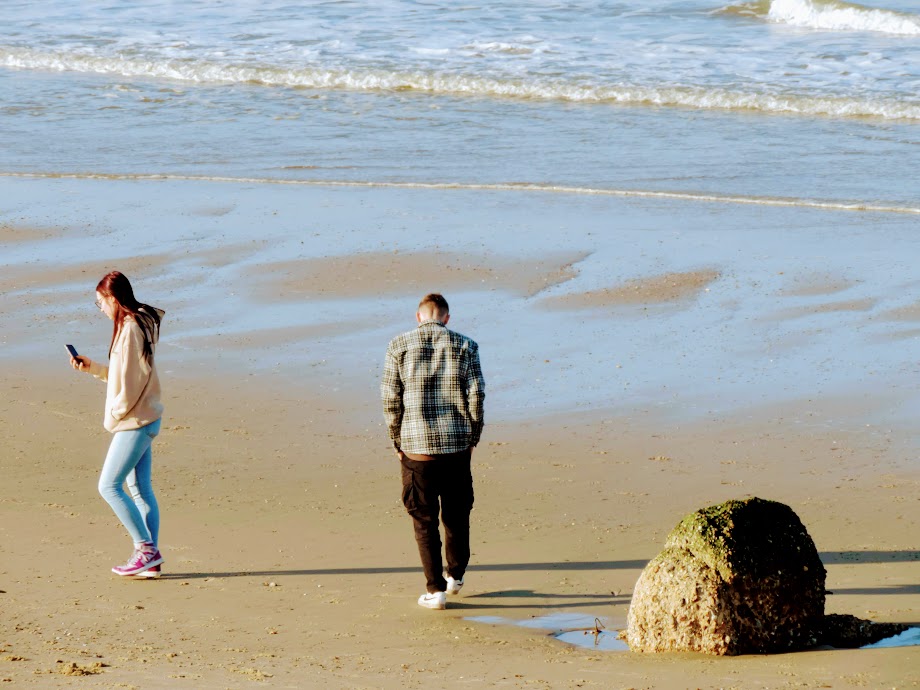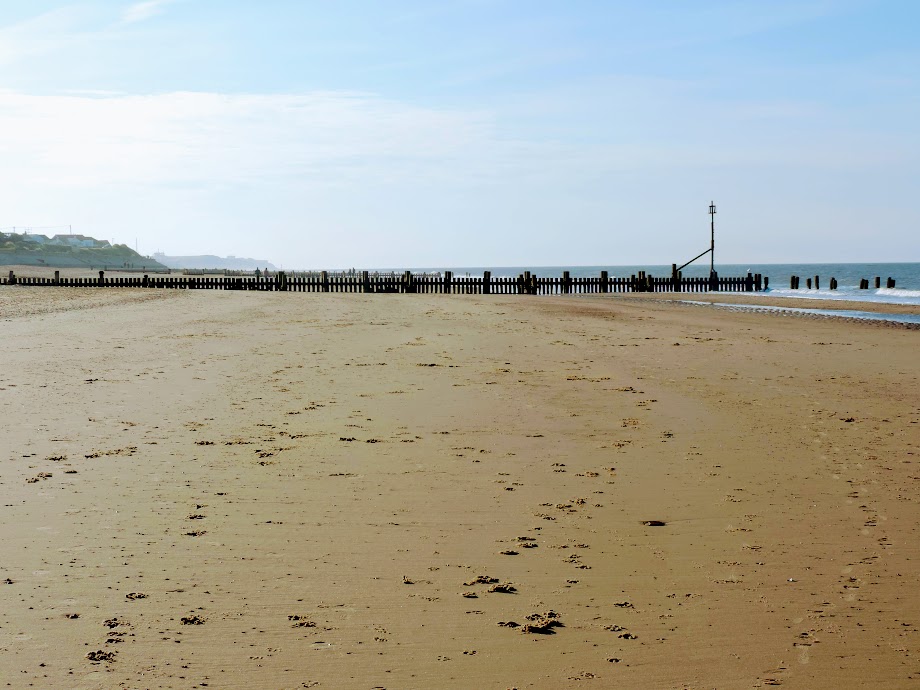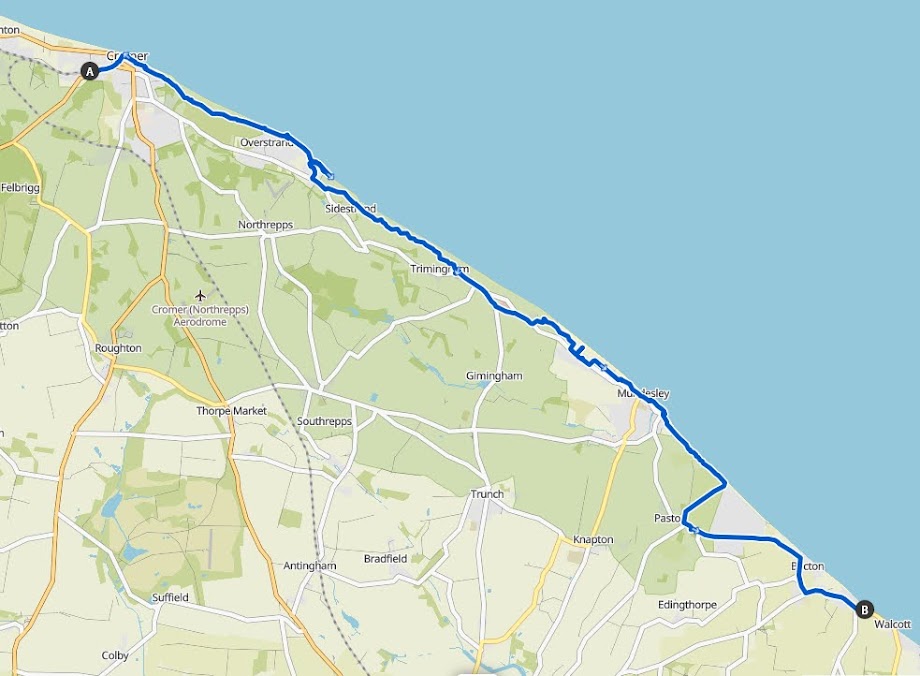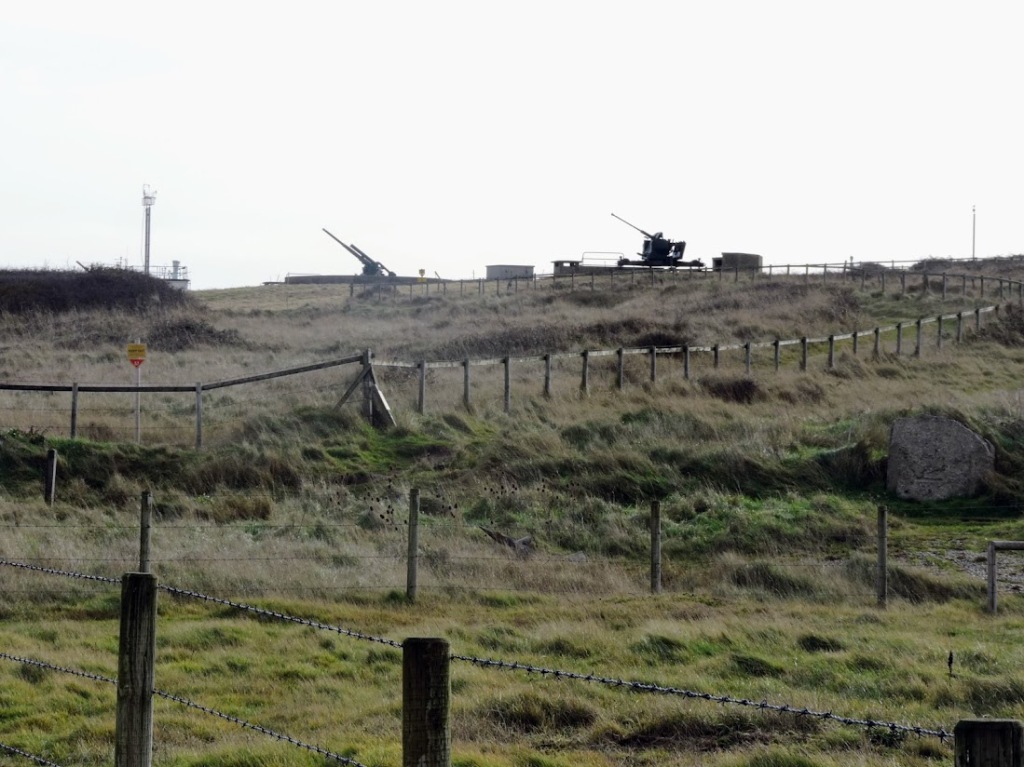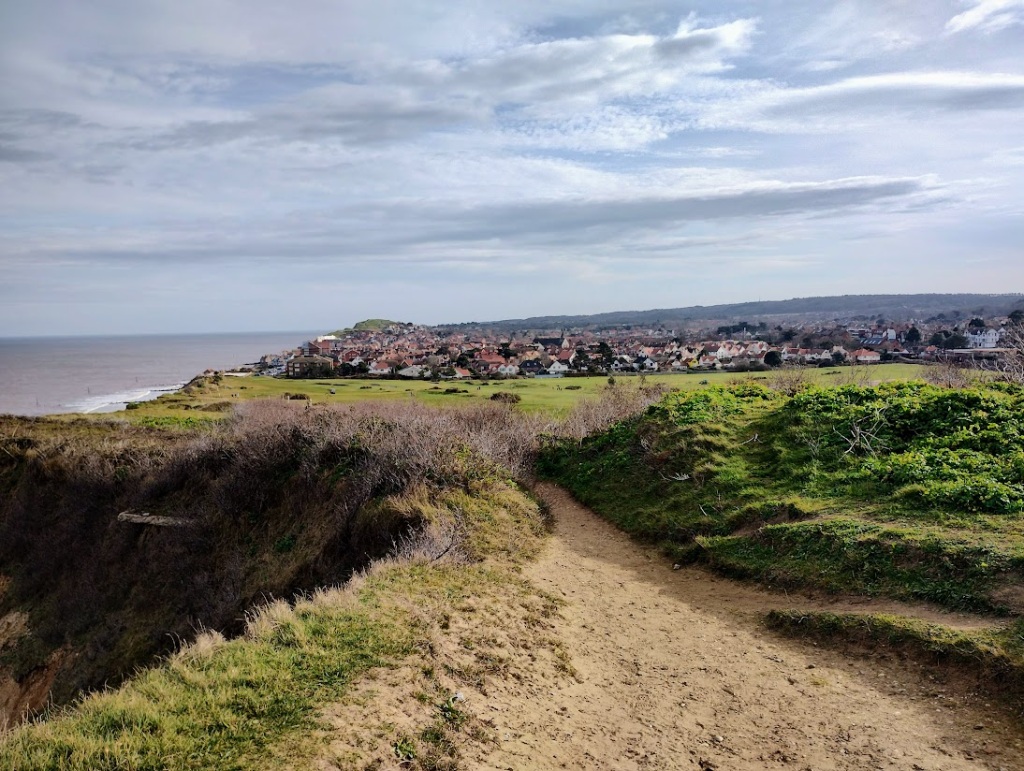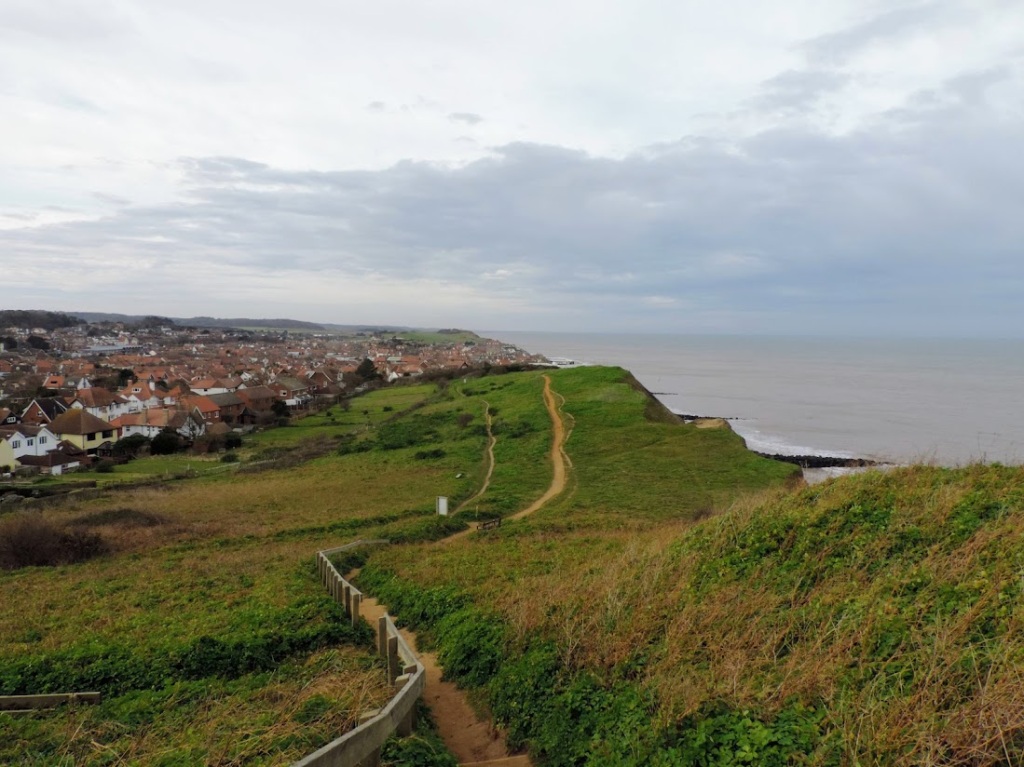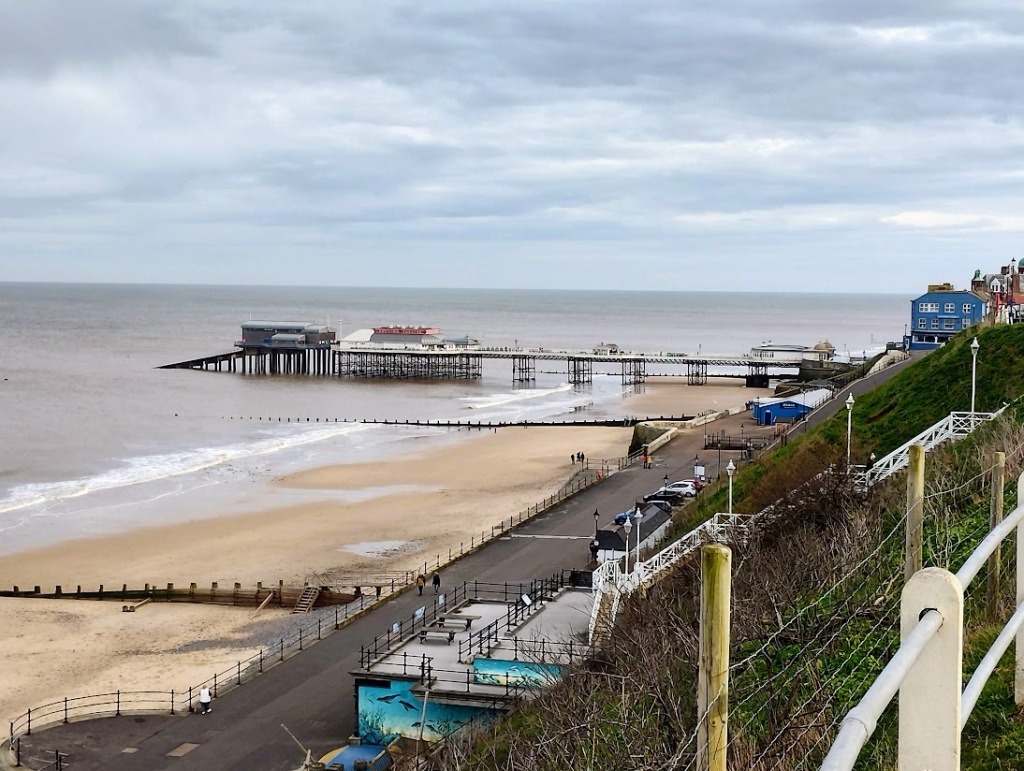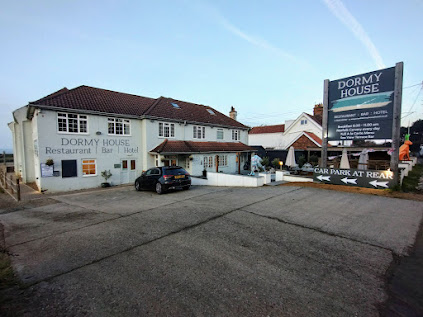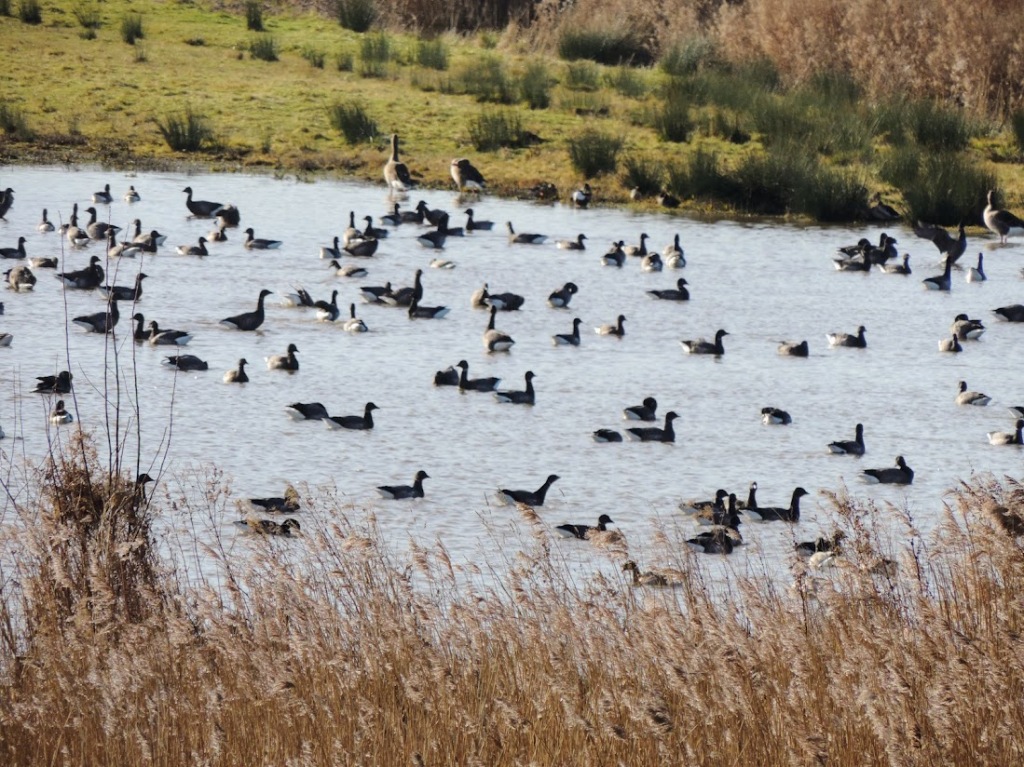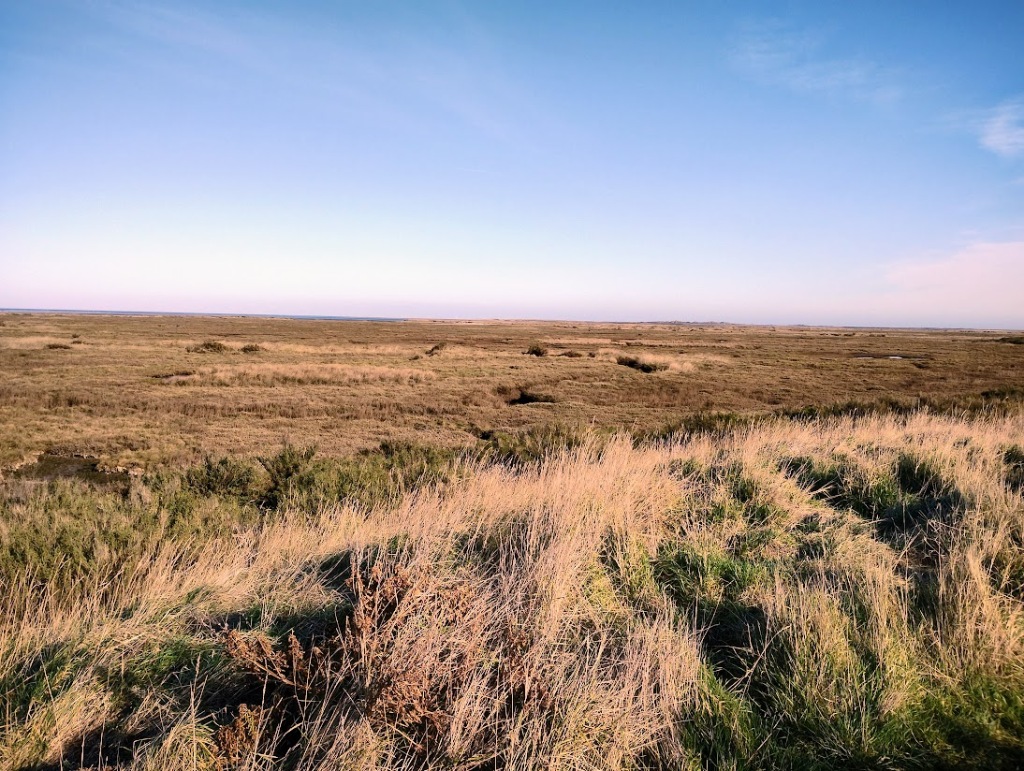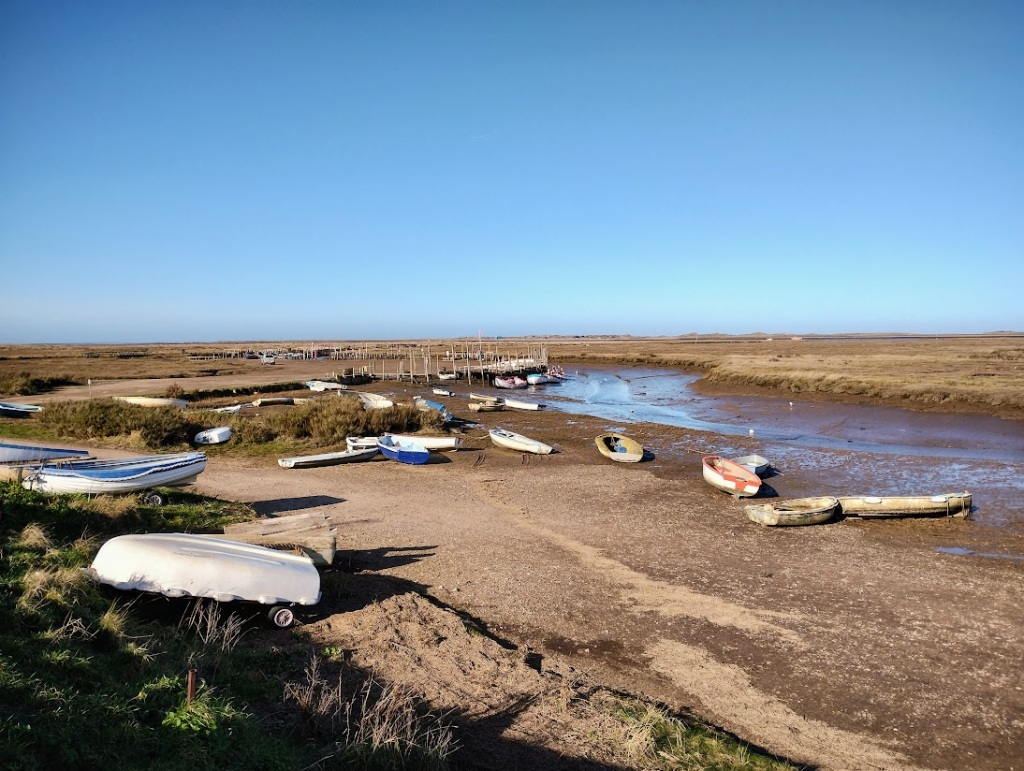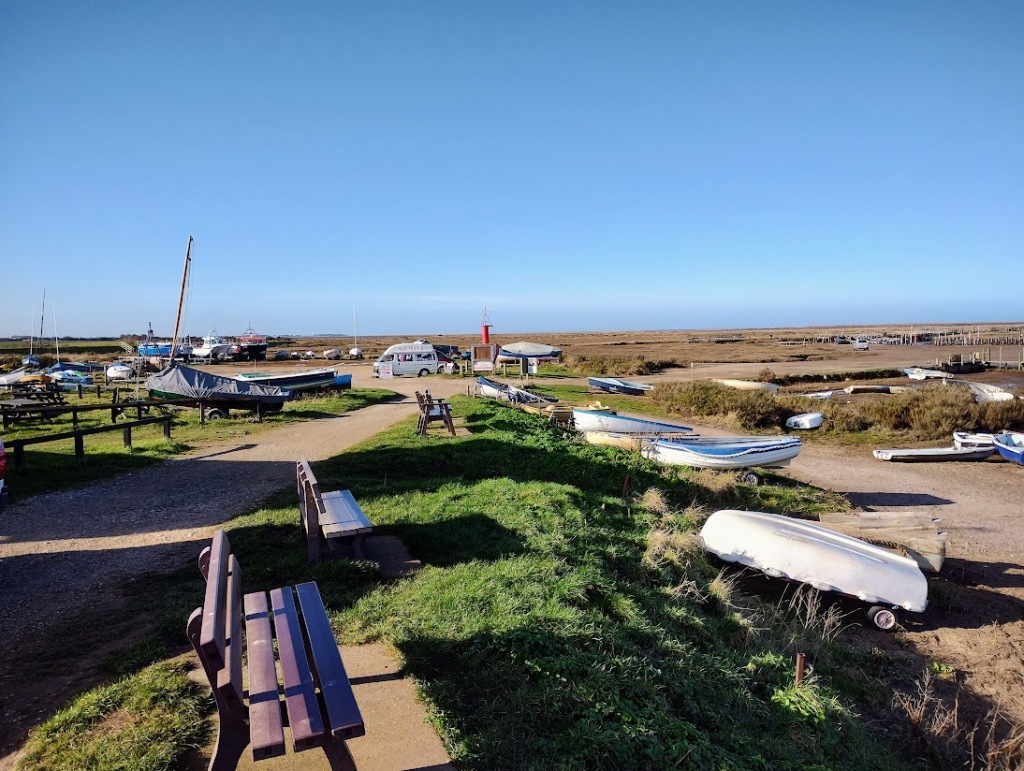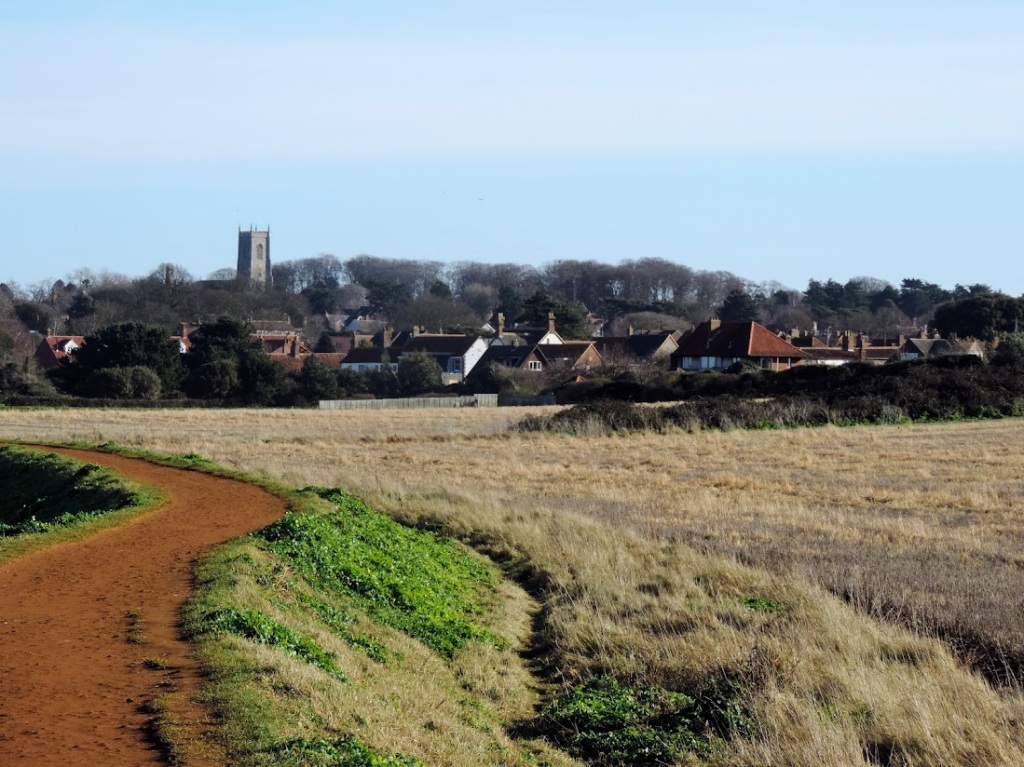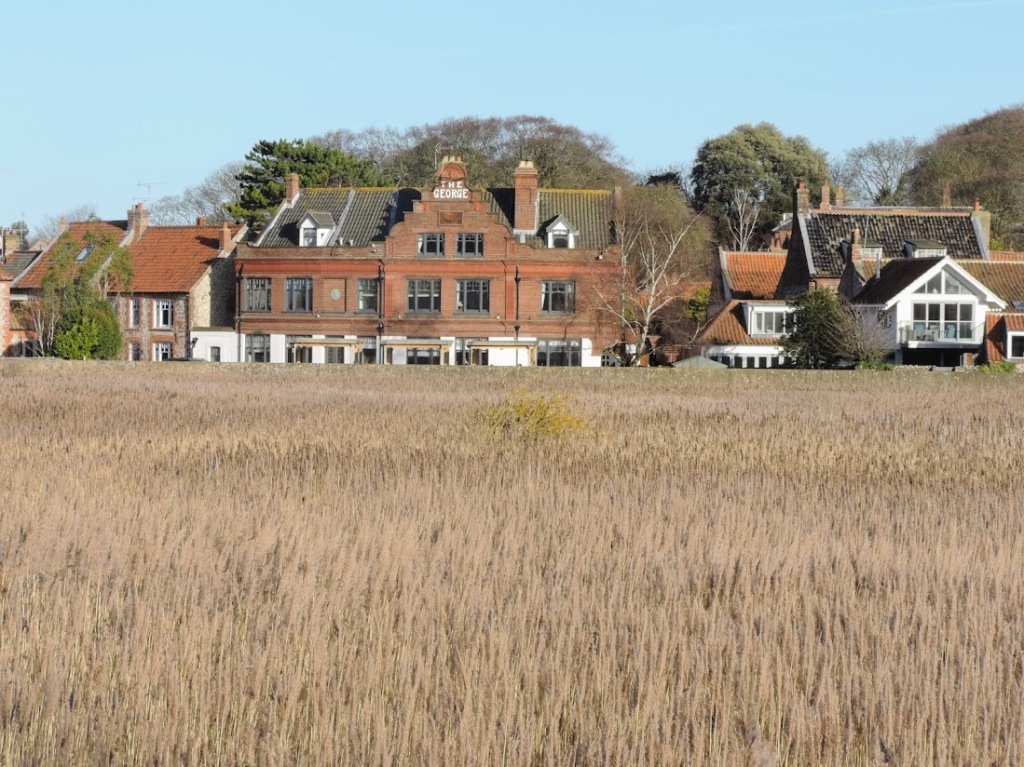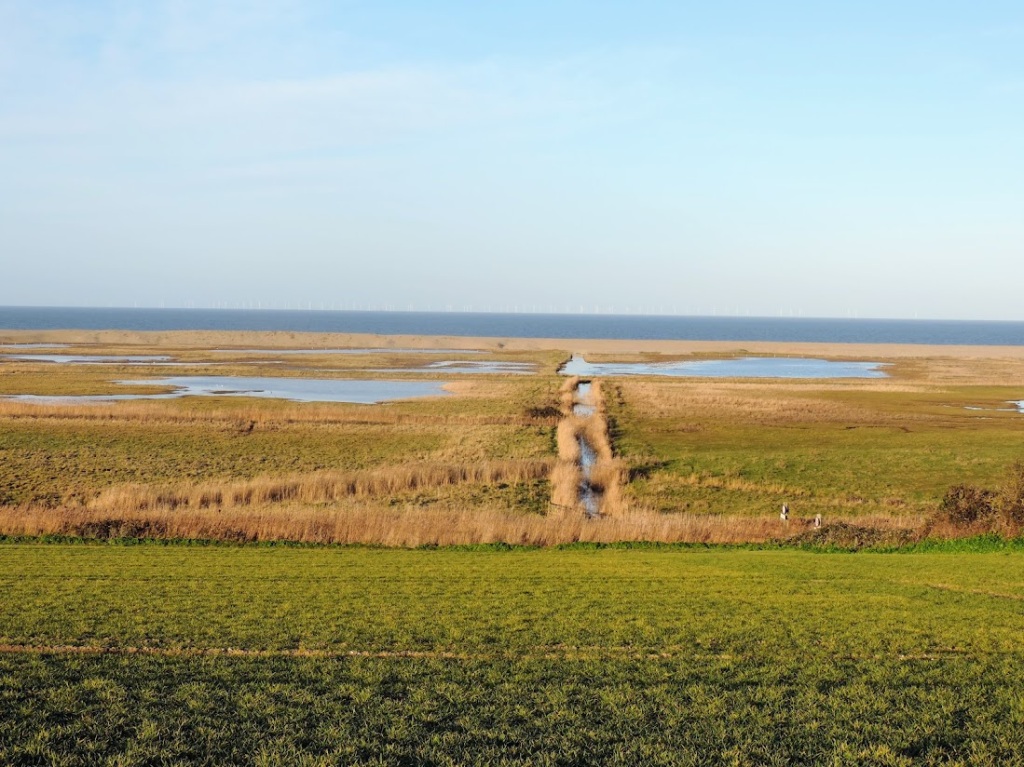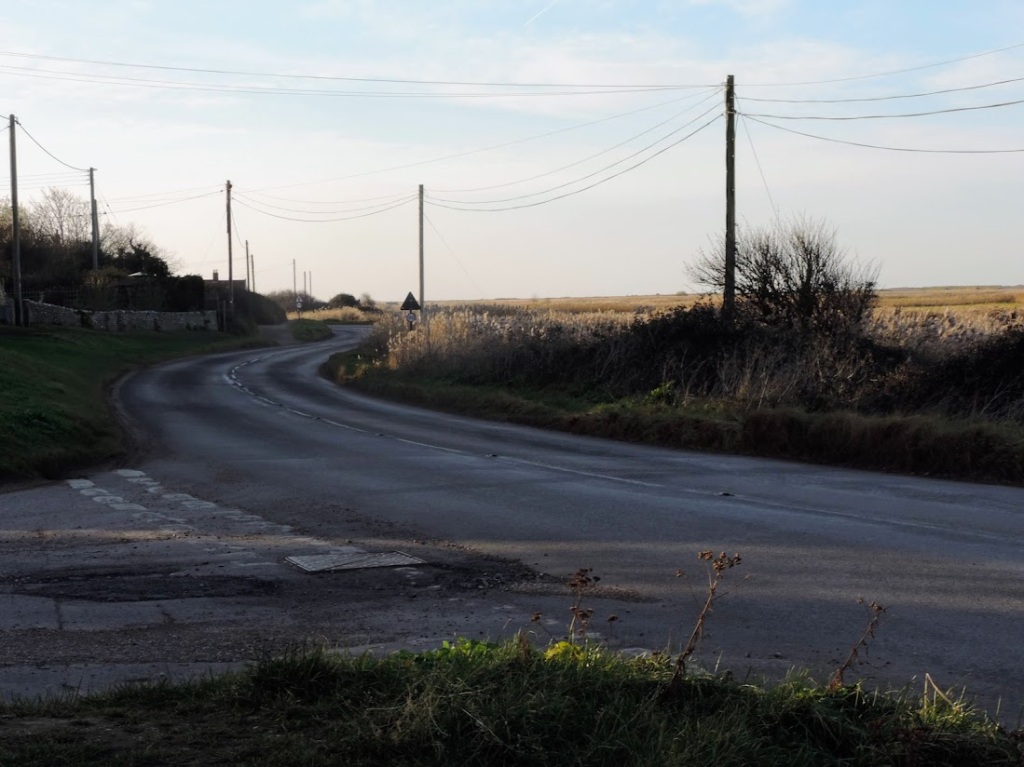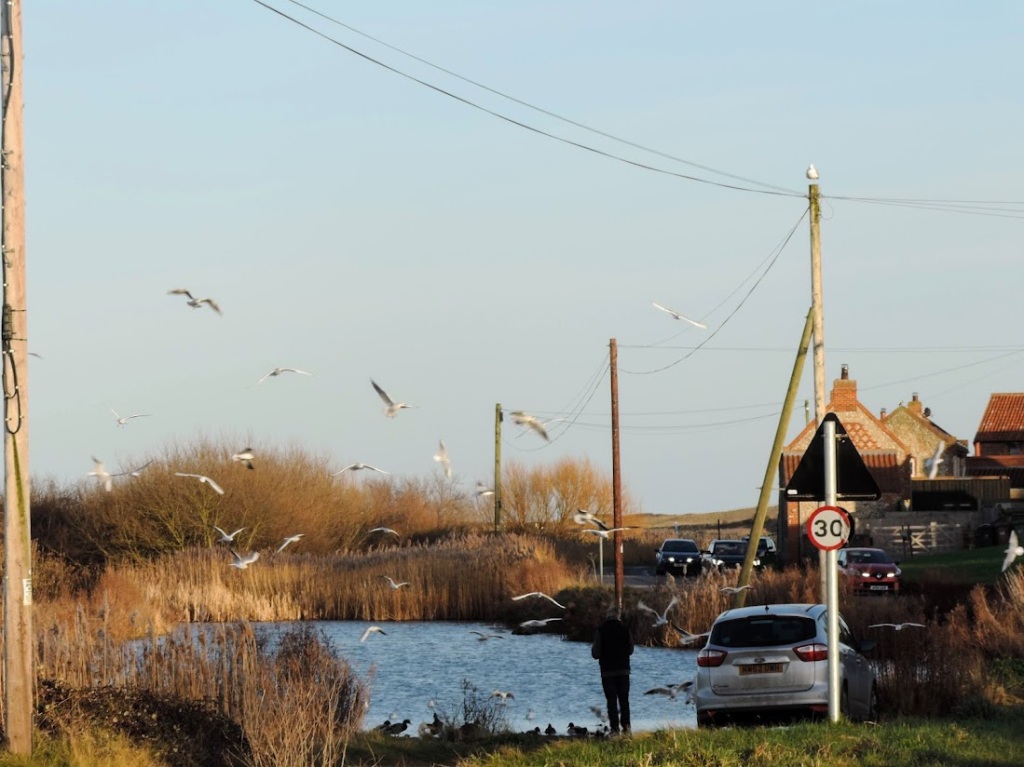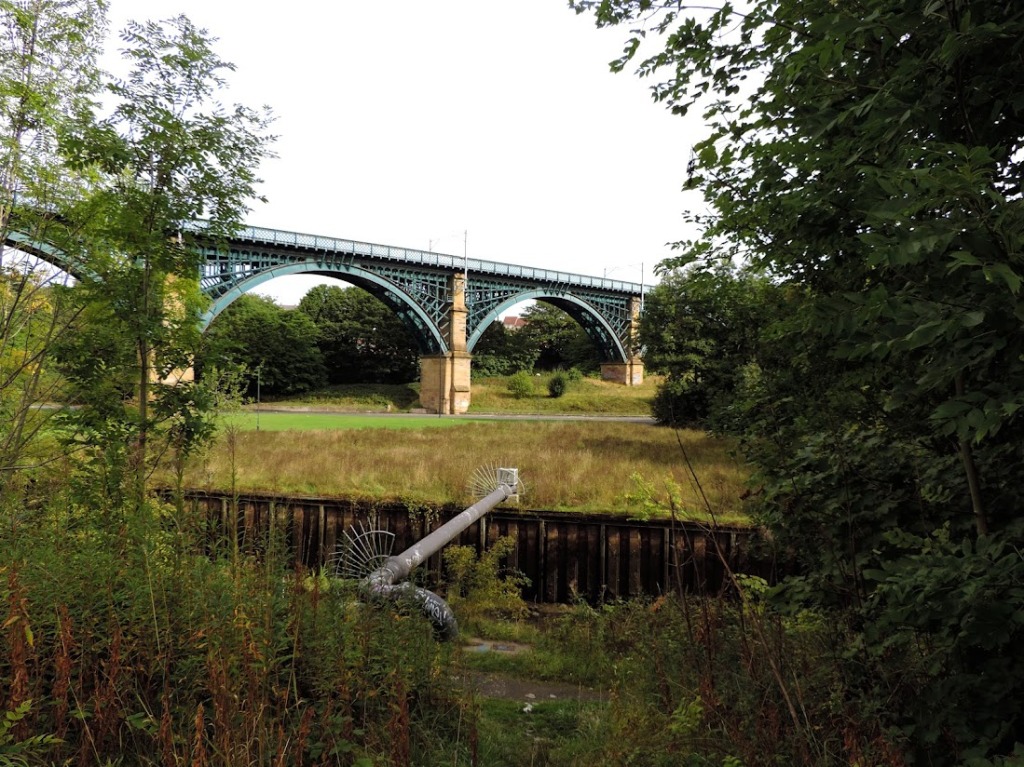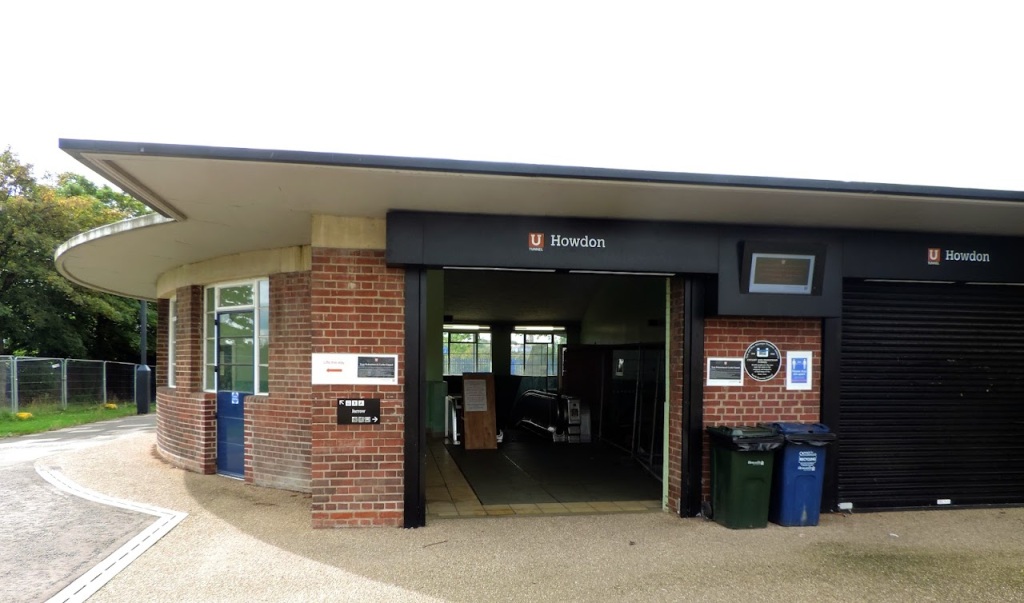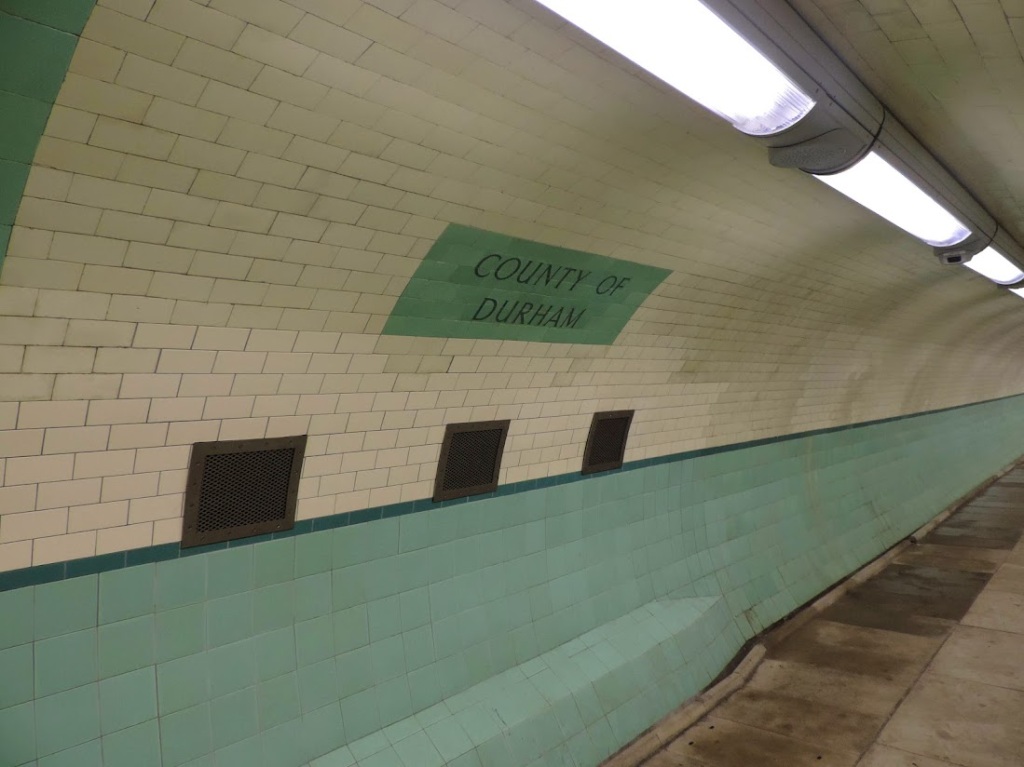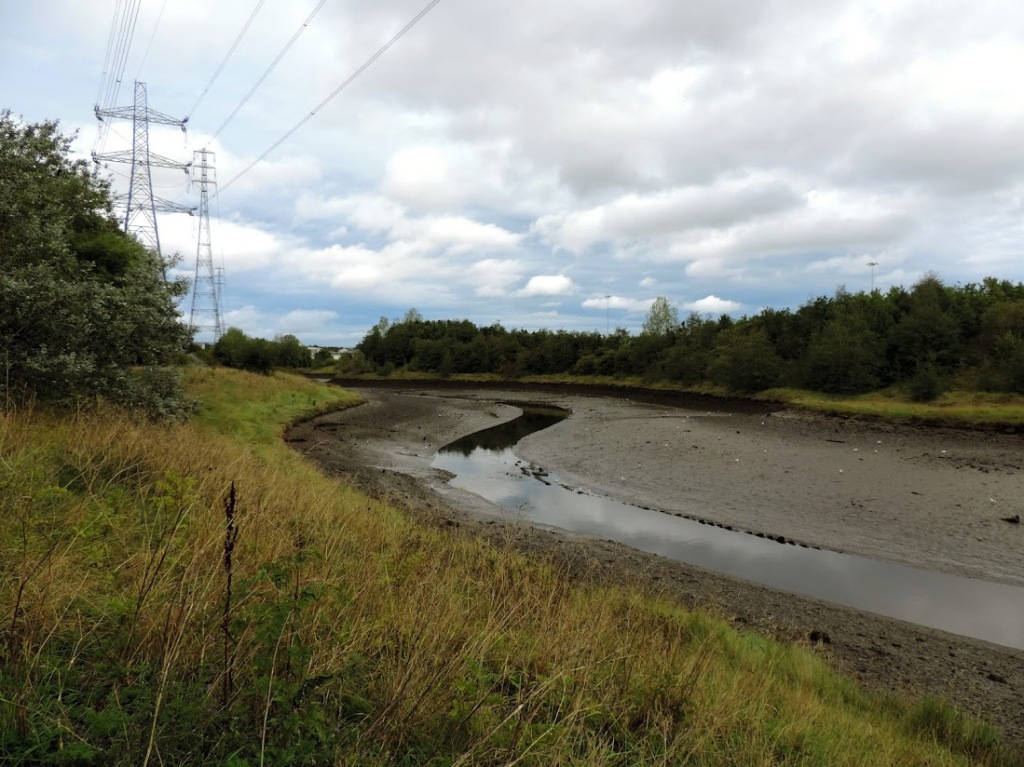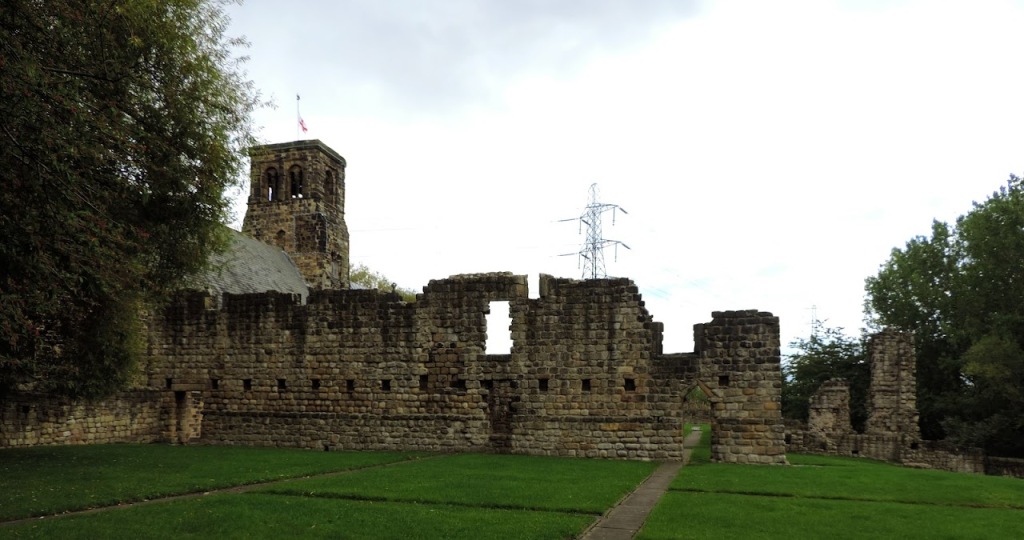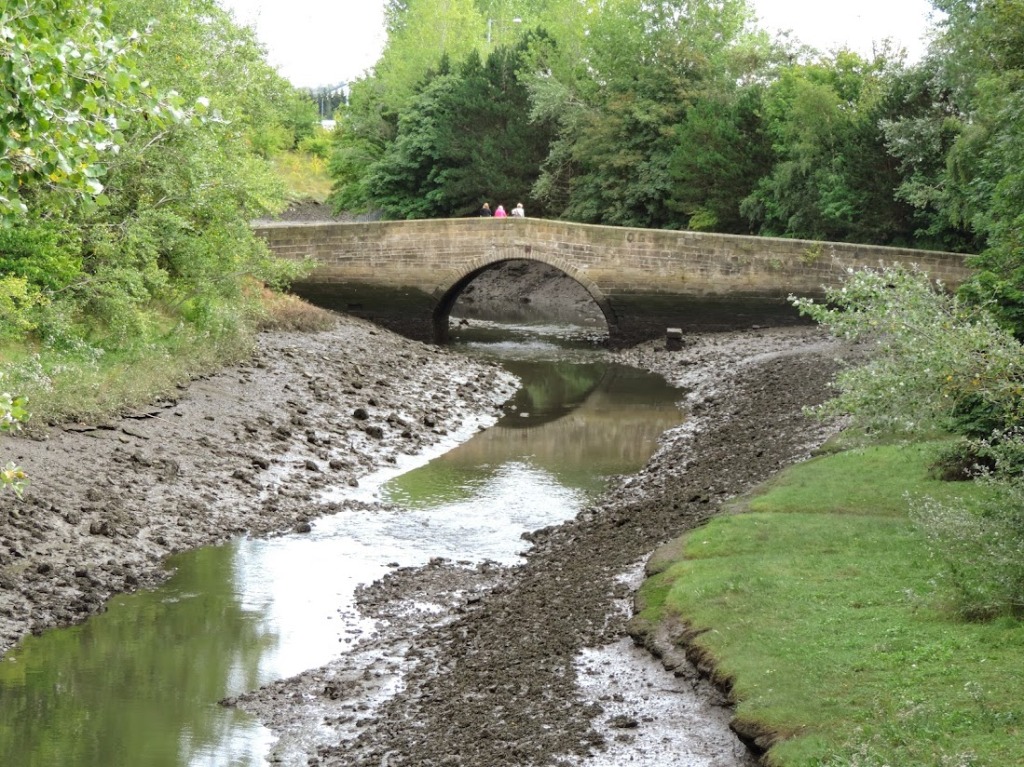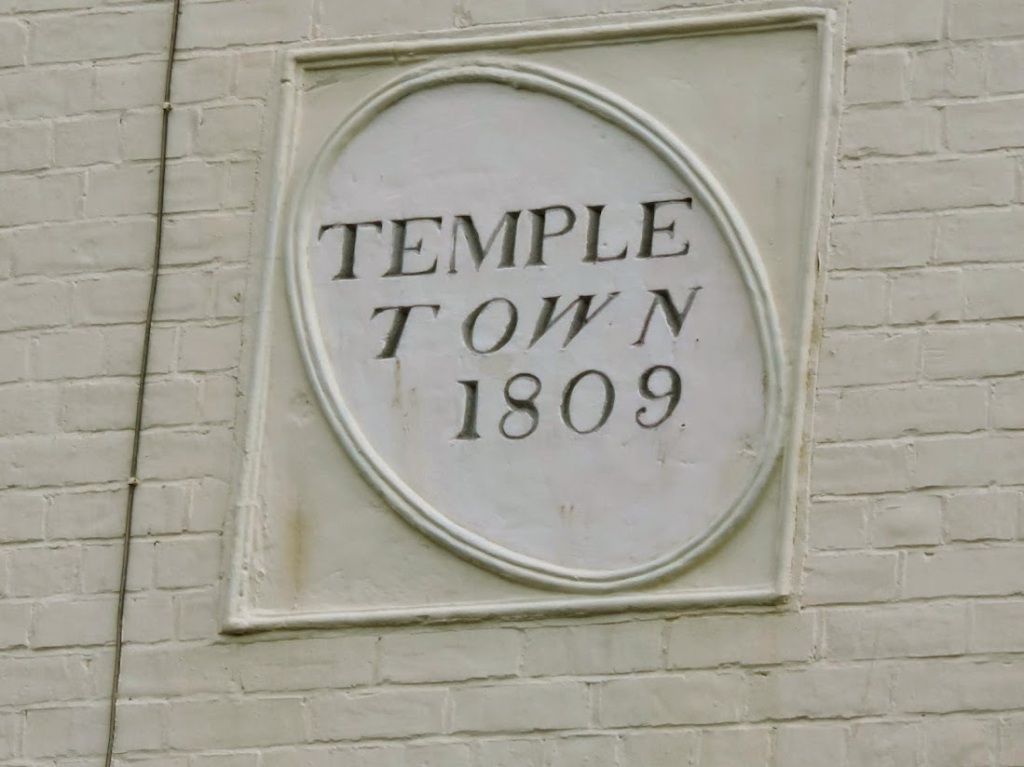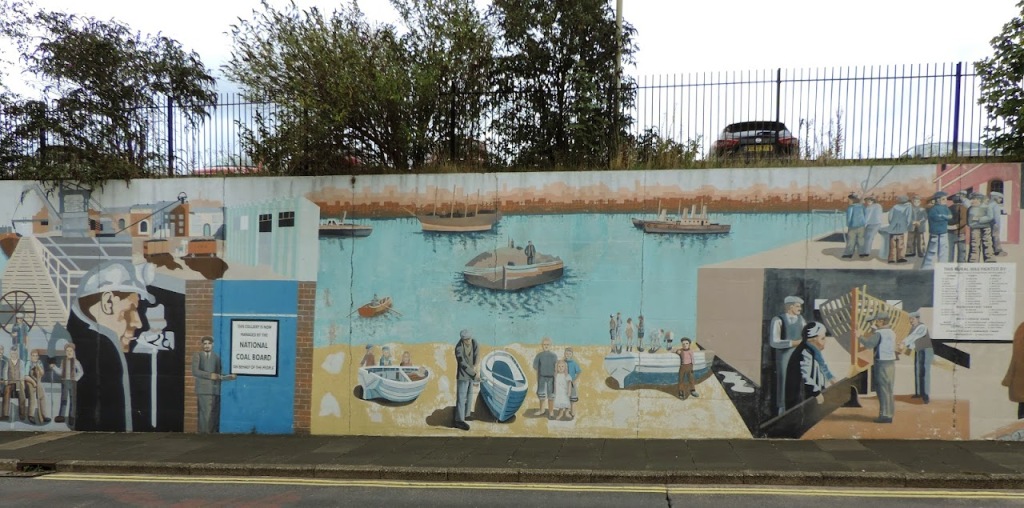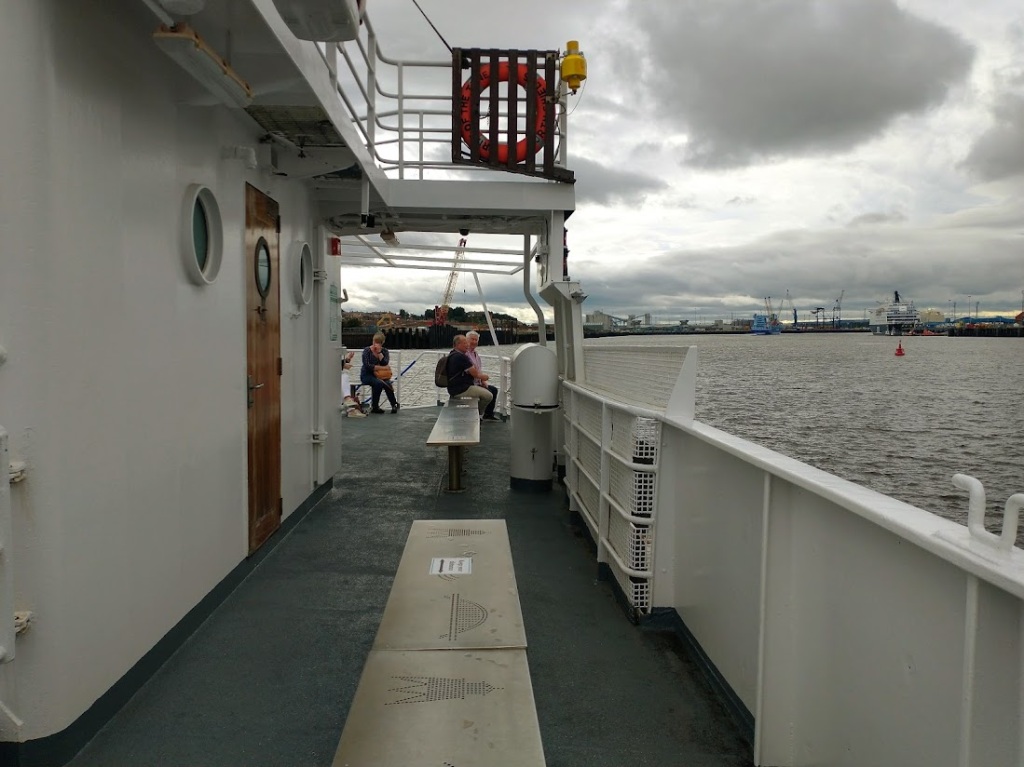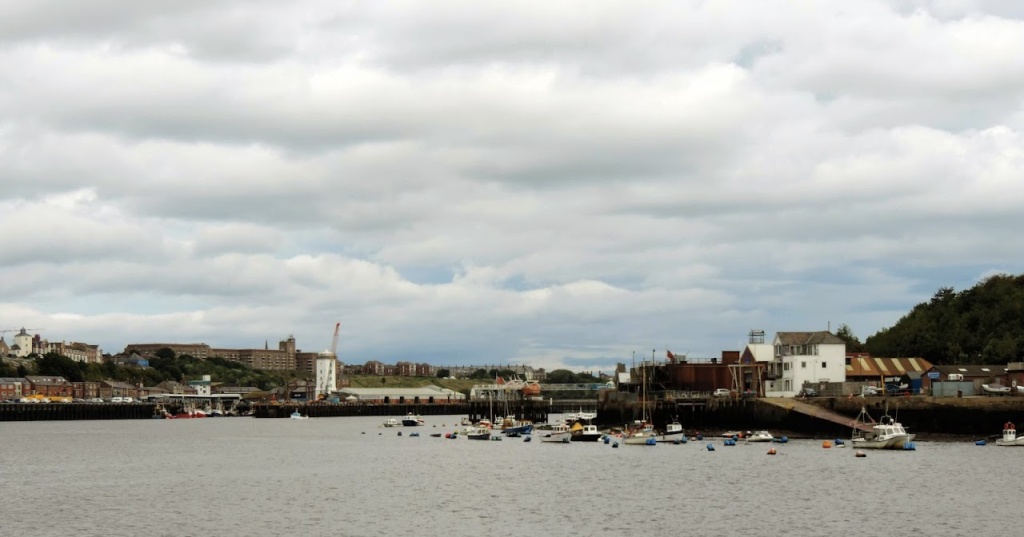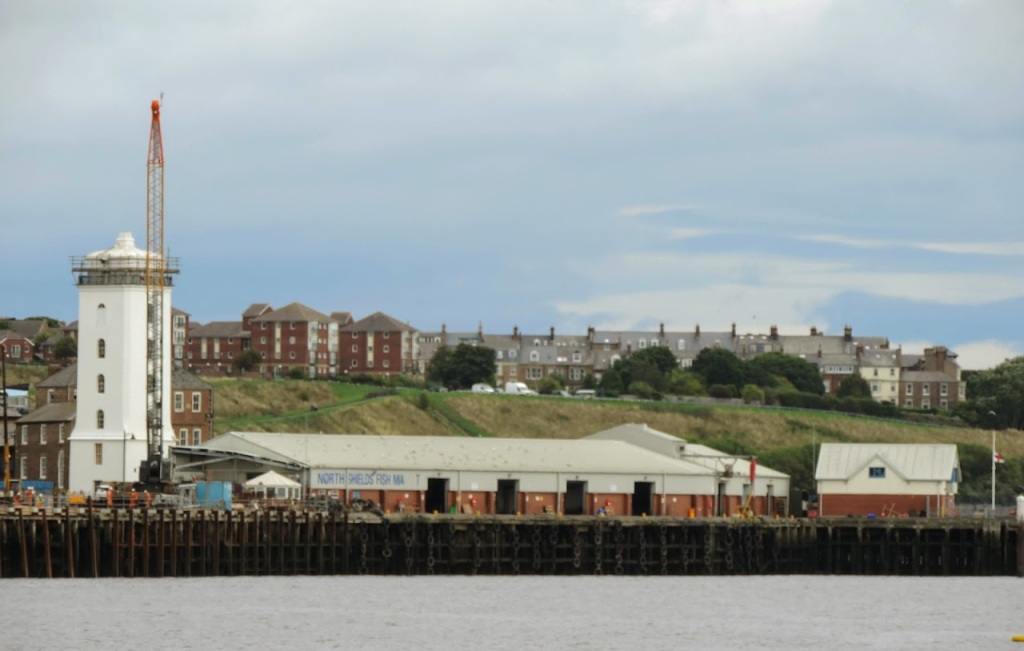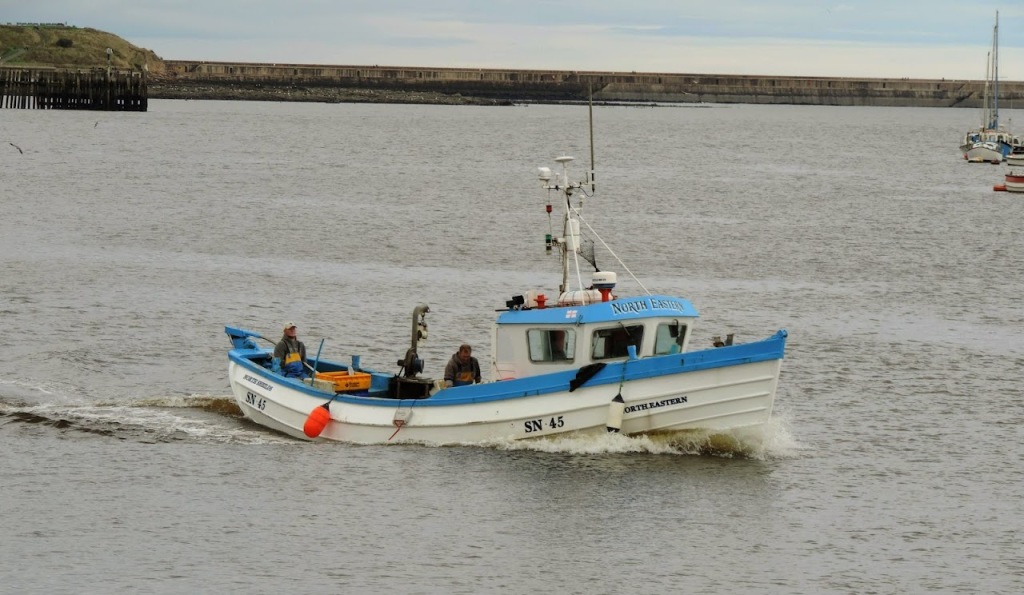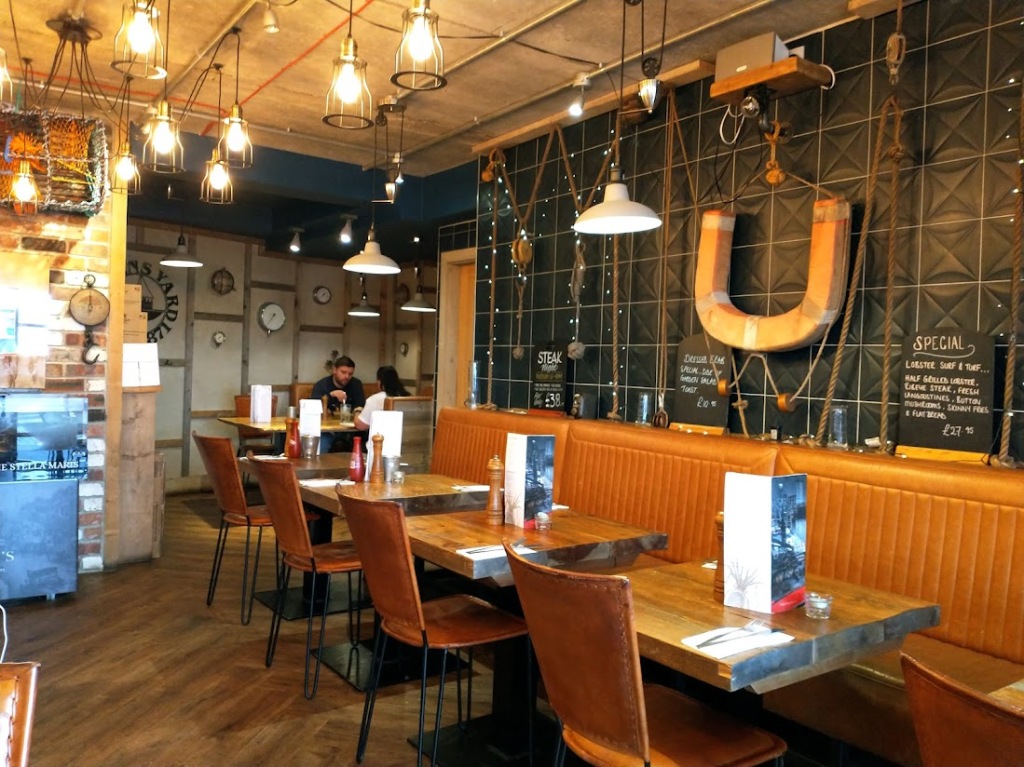You get a good night’s sleep in a Weatherspoons. My only gripe was that the room was a tad warm. The other gripe was that it was pouring down. This was not a good start, but fortunately we were walking through some quite dense woodland. This at least meant that we were spared the worst of the showers. On the other hand it did put a downer on the day’s walk. I am at heart a fair weather walker. I want to see things and stay dry.


From Cadora to Redbrook it was mainly a steady climb through woodland, along woodland and through the occasional clearing so we could fully enjoy the traditional Welsh Weather. As we started our descent back into the valley the view down to the Wye and Penallt Viaduct at Redbrook briefly opened up to us.

The railway is no longer there. What were tracks are now just empty drops to the river. There is a footbridge alongside it which gives access to the Welsh side of the river and the Boat Inn. The Wye Valley Railway ran from Chepstow to Monmouth and opened in 1876 in the hope of opening up a route from Bristol to the Midlands. The dream was never achieved, but it did provide a boost for tourism and enabled quarry traffic. Redbrook had a station, but like all the stations along the line it closed to passenger service in January 1959, with a quarry service lasting to Tintern until 1981.
Our dream of coffee at the Boat Inn was also dashed, as it did not open until midday and we had arrived an hour before that. Still we had a snack of nuts and some water, whilst I took the opportunity to use the loos. I did later learn a useful fact, many of the churches along the route provide self serve tea or coffee for a donation. All you need to take are some sachets of milk.

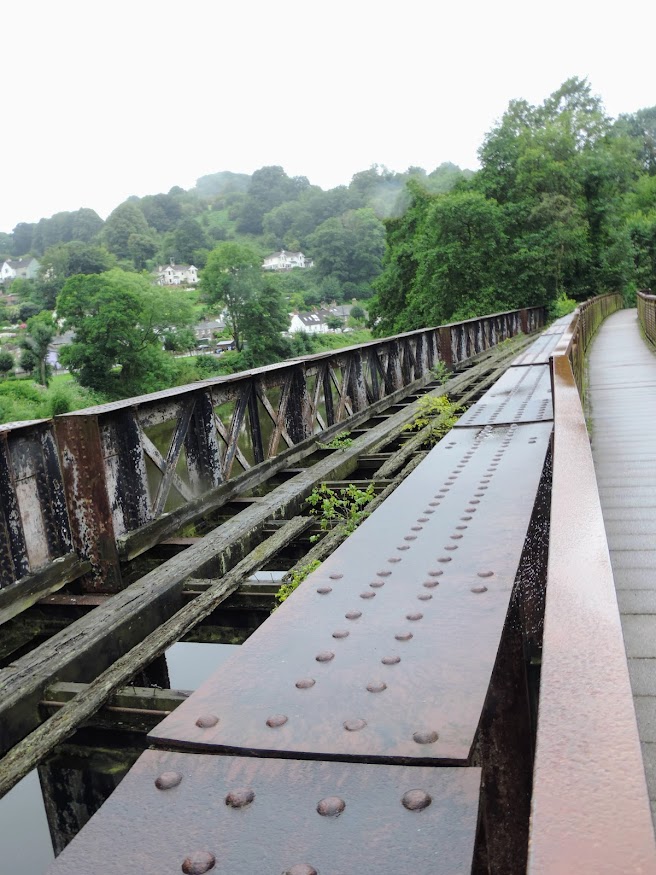

I am not sure if I was prepared for the route out of Redbrook. For nearly three miles it is a steady climb with a lot of false summits. It took over nearly an hour to reach the Kymin, our next stop. First a B Road, followed by a minor road, then a track, this changes to a path. They all have the same characteristic, the tendency to upness. It was a slog in the relentless humid drizzle.
We were therefore extremely pleased to reach the Kymin. The Kymin is a hill which overlooks Monmouth in the valley below, it houses a Roundhouse and Naval Temple. It was built by Gentlemen from the Monmouth Picnic club who wished to have somewhere congenial to dine, away from the inclement weather (them too). The house was started in 1794 and completed two years later. A few years later they constructed a Naval Temple nearby to commemorate the Battle of the Nile. During Nelson and Lady Hamilton’s visit to Monmouth in 1802 (accompanied by her husband Sir William) Nelson visited the Roundhouse and breakfasted there. He was struck by the temple, and praised it as the only one of its kind in England.
The views over Monmouth were worth the climb, a steady roar of traffic in the valley below contrasted with the peace and quiet of the hilltop. We sat and ate our lunch taking in the vista.







What goes up must come down, and so we started our descent to Monmouth. The first part through the woods was particularly slippy as the mixture of mud and leaves made our footing precarious. However, it was nice to be going down, something we managed in around half and hour and were soon entering Monmouth across the Wye.


I was very impressed with Monmouth as a town. I travelled by it last year whilst going to a wedding in Abergavenny. It is a typical Coaching Town, retaining many features.


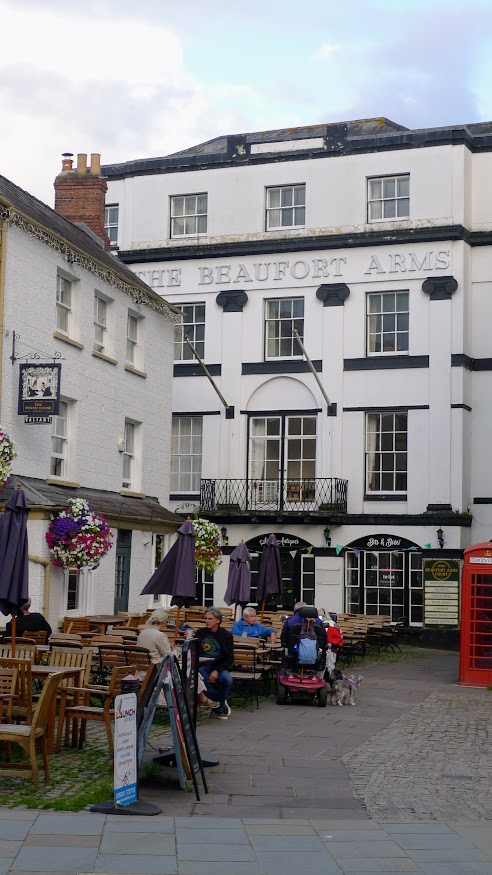





The King’s head was reputedly visited by Charles I in 1645. The Inn was quite new then, but it has served as a hostelry for centuries. The Shire Hall, which is currently used by the Town Council dates back to 1724 and is at least the fourth building on the site, perhaps the earliest being an Elizabethan court from 1536. At the front there is a statue of Charles Rolls, of Royce fame, who all proper thinking Mancunians know did not meet his business partner at the Midland Hotel. Charles also was the first person to take the future King George V and Queen Mary in a car, when the visited Hendre in 1909. Charles has a sadder claim to fame than his Rolls Royce connection. He was the first Briton to be killed in an aeronautical accident in a powered aircraft when his Wright Flyer crashed during a flying display at Bournemouth in 1910.
Whilst I knew that Jake Thackray spent his last years in Monmouth, I didn’t think to look if there was any memorial to him. Had I done so I would have popped into the Savoy theatre and seen a bust of him in the foyer.
As we were making good time, we stopped at our now favourite cafe and partook of jam and cream cake and their excellent coffee once more.

The rain wa not going to stop and we still had three miles to traipse, so it was across the bridge. The Monnow bridge is the only remaining medieval fortified river bridge in the UK. Construction began in 1272, to replace an earlier Norman crossing. The Monnow itself forms the England/ Wales border for much of its length.

Looking over into the river, we spotted some boys swimming. I suppose it passes for a heatwave in this part of the country.
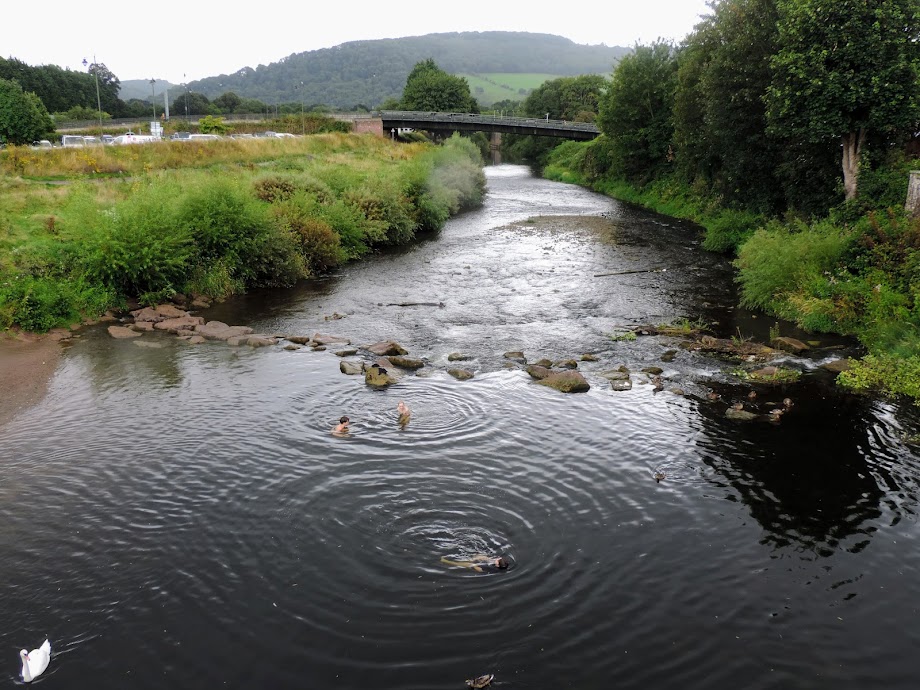
The final stretch of walk was thankfully flat but still through woodland, although not as dense.

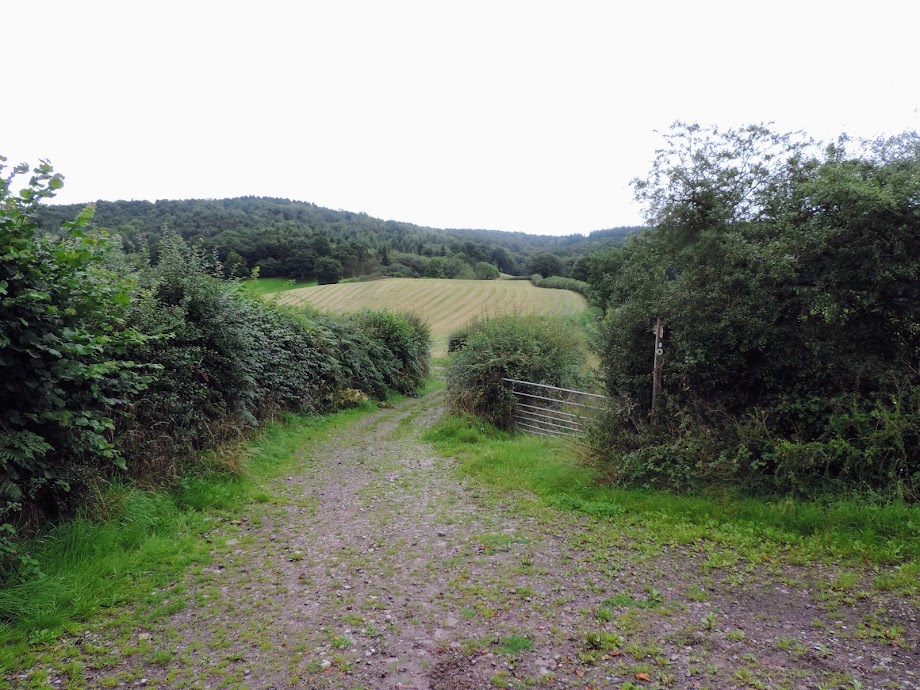
Just before we reached the car, I saw the Hendre to the right. This was designed as a shooting lodge for John Rolls in 1829. Today it houses a golf club.
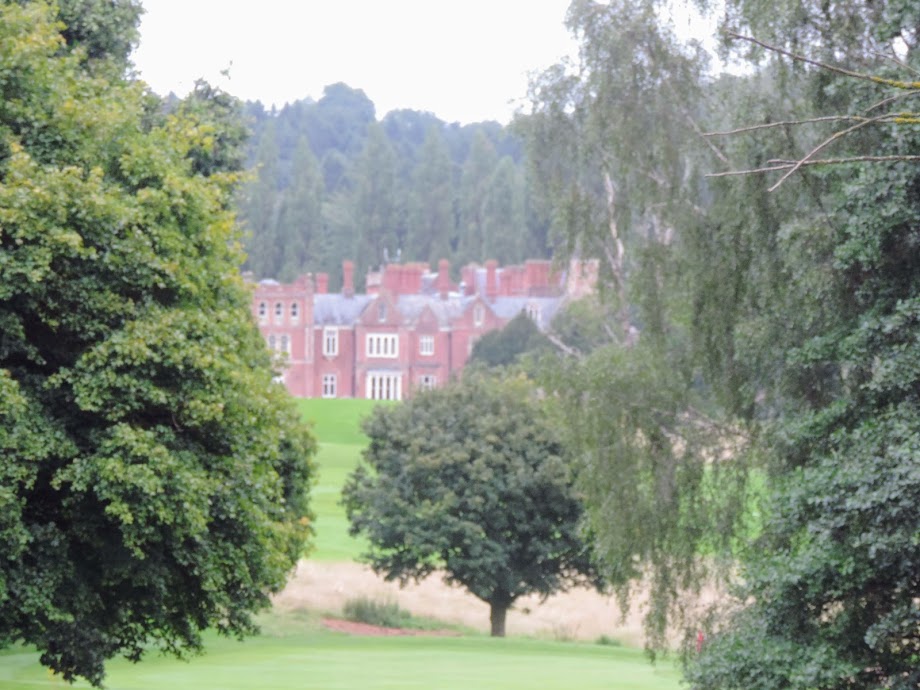
Picking up the car, we drove to meet the ladies at The Hunter’s Moon pub. 13 miles covered today. 27 Offa and 1,809 in total. Map below video here:

© Allan Russell 2023.


